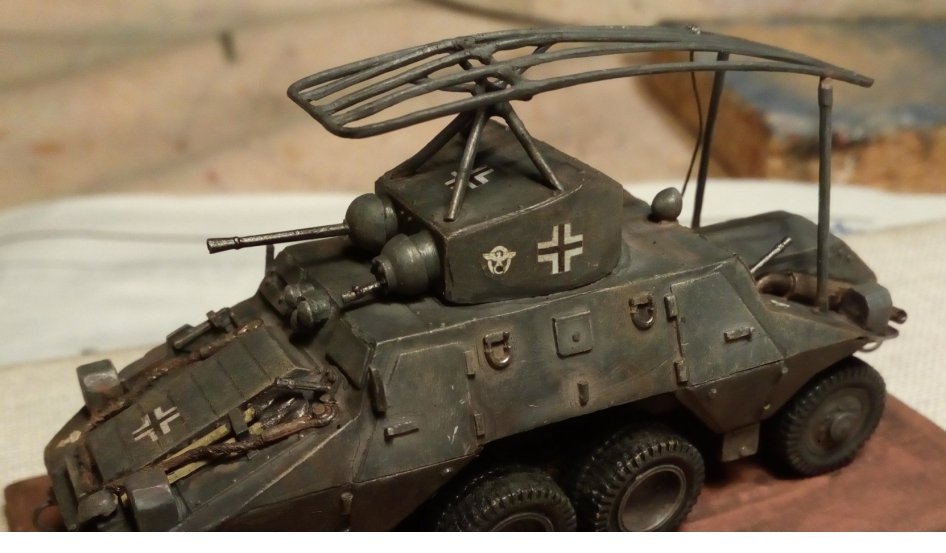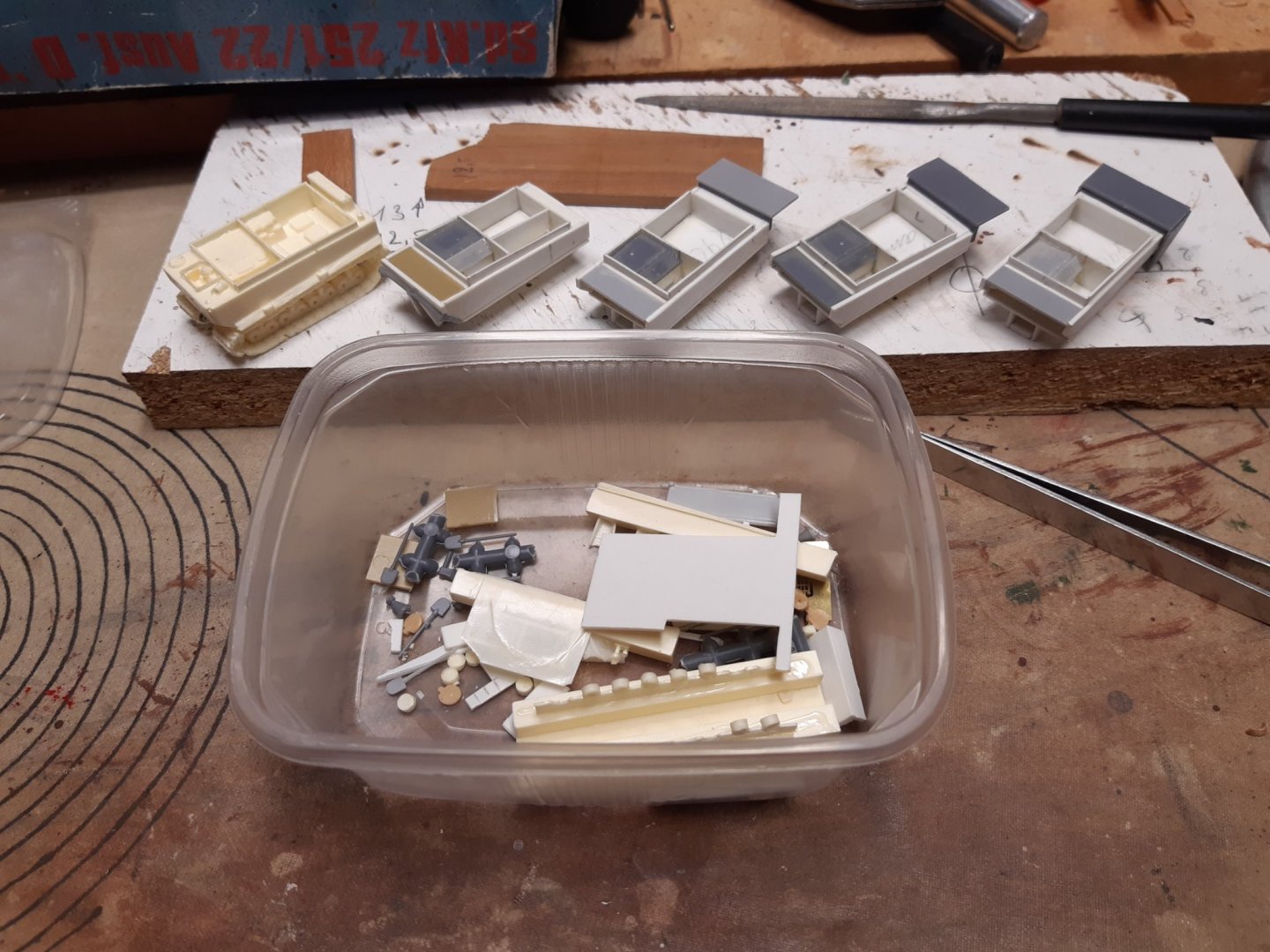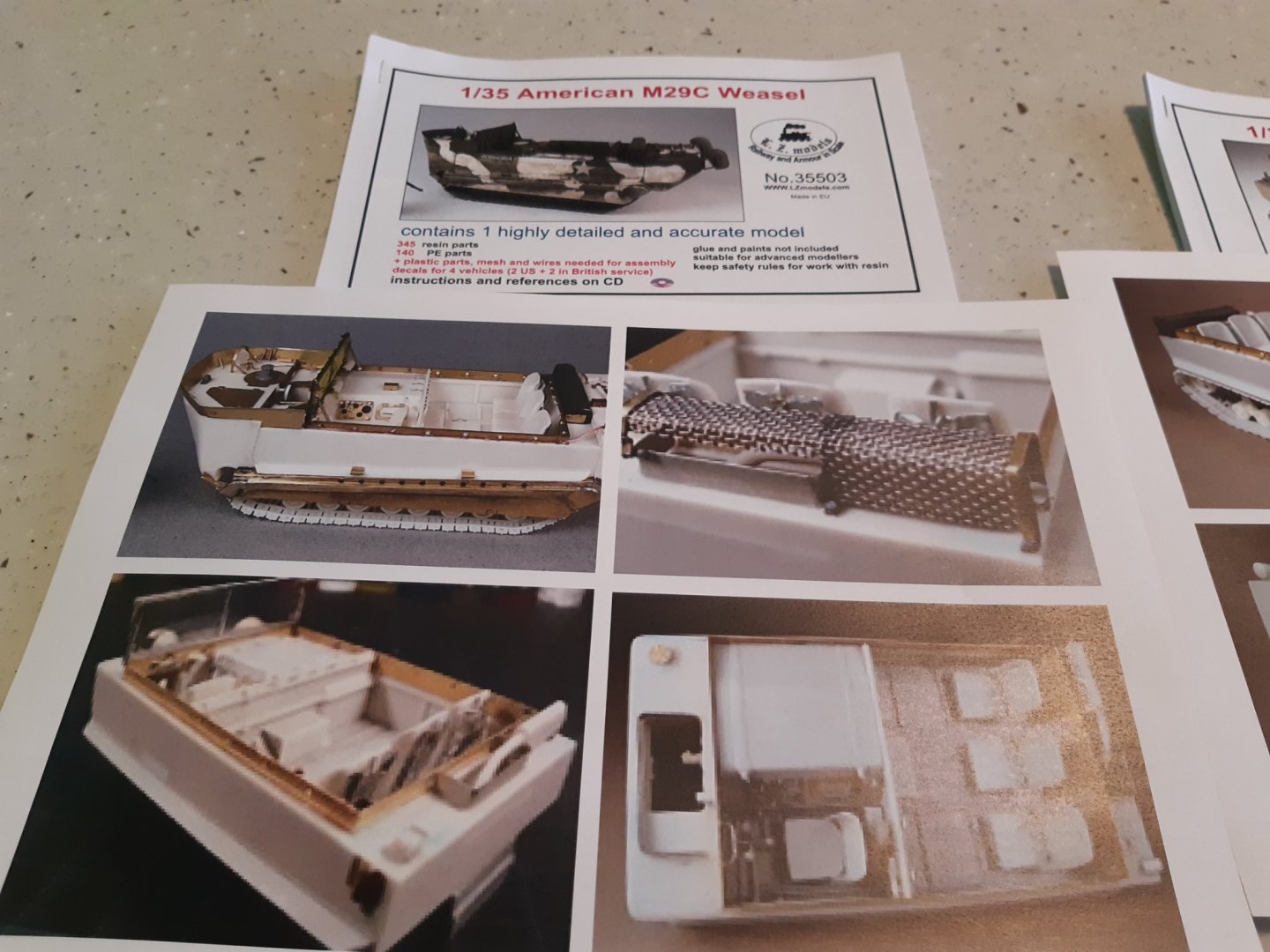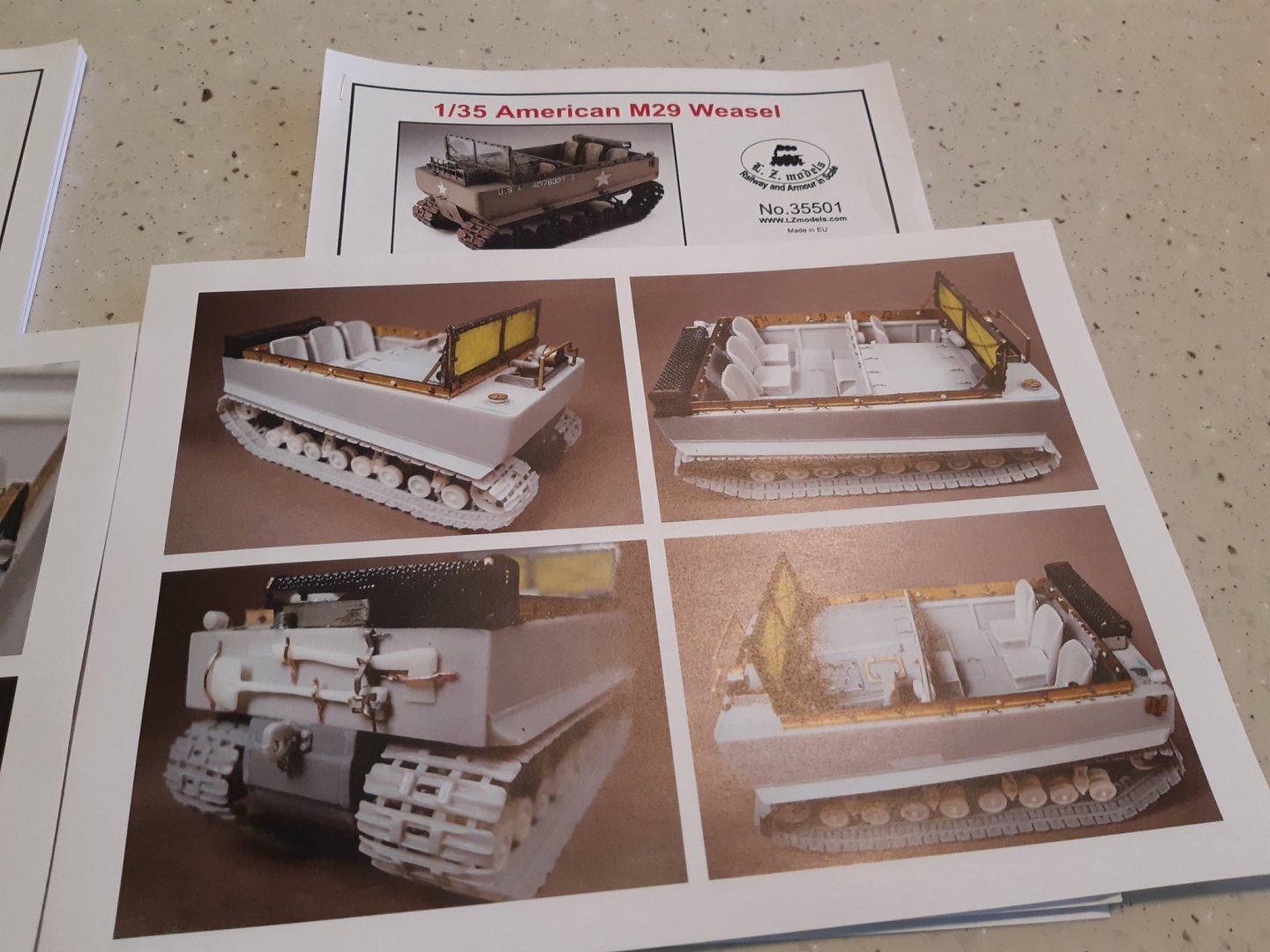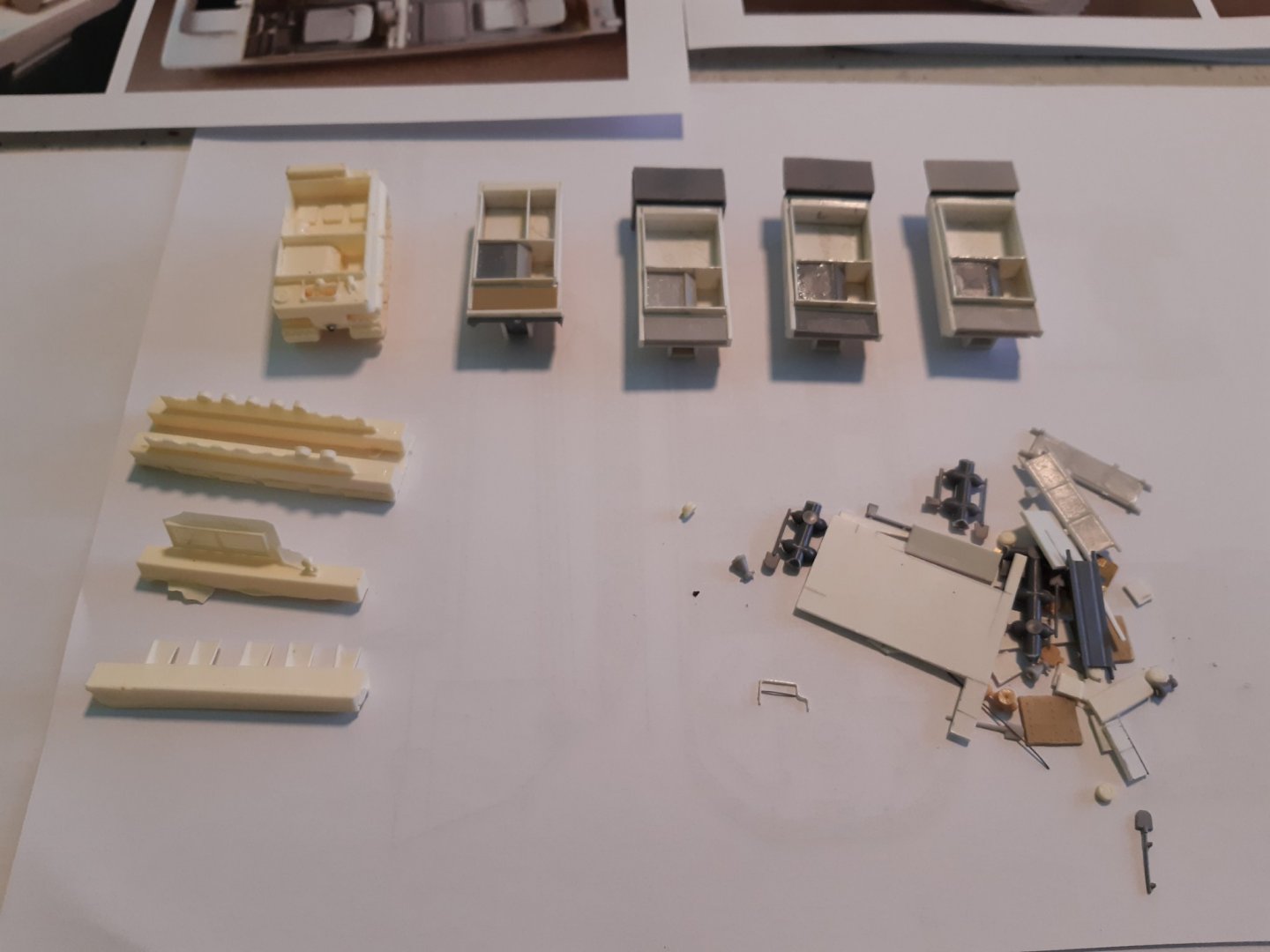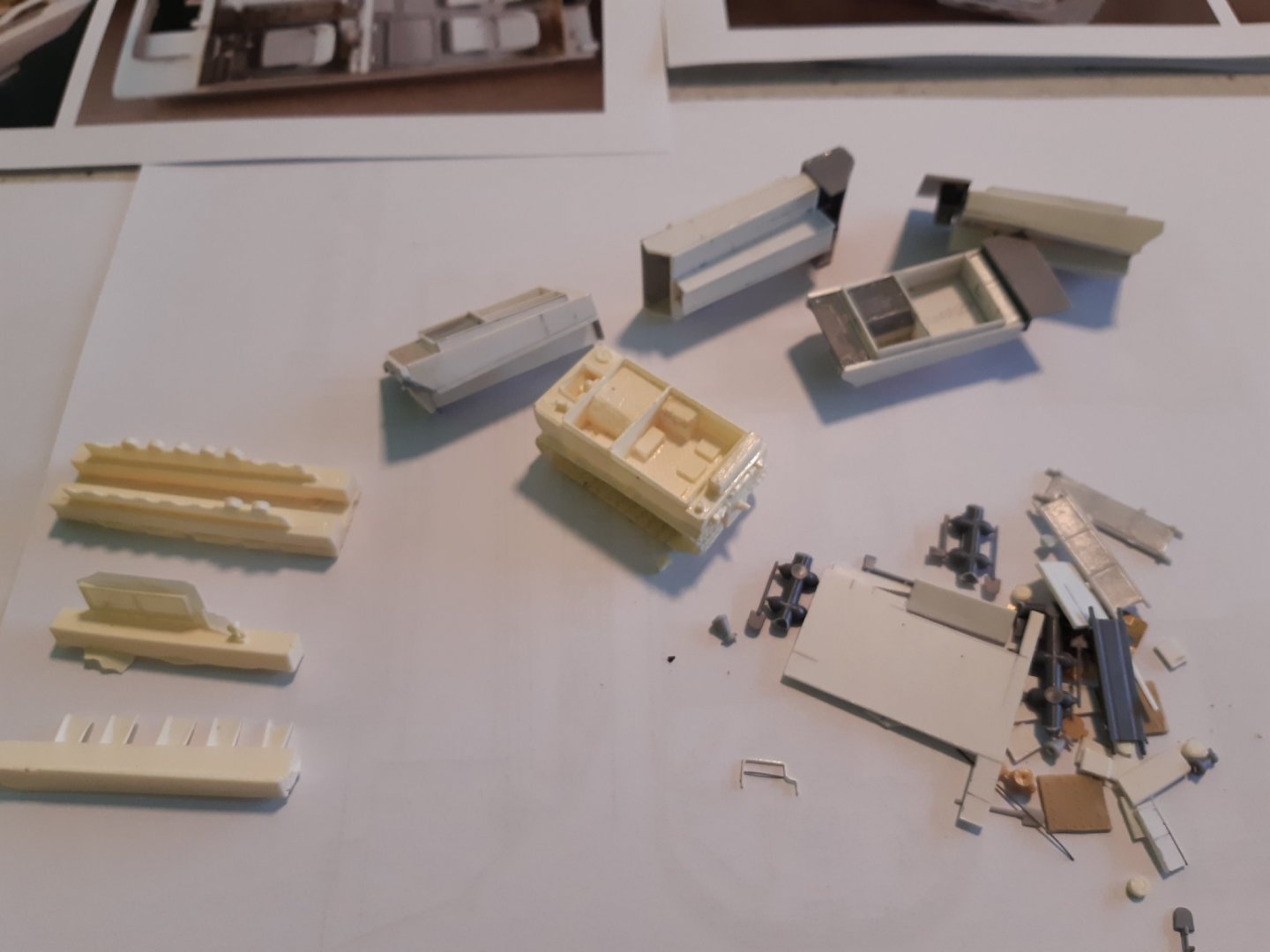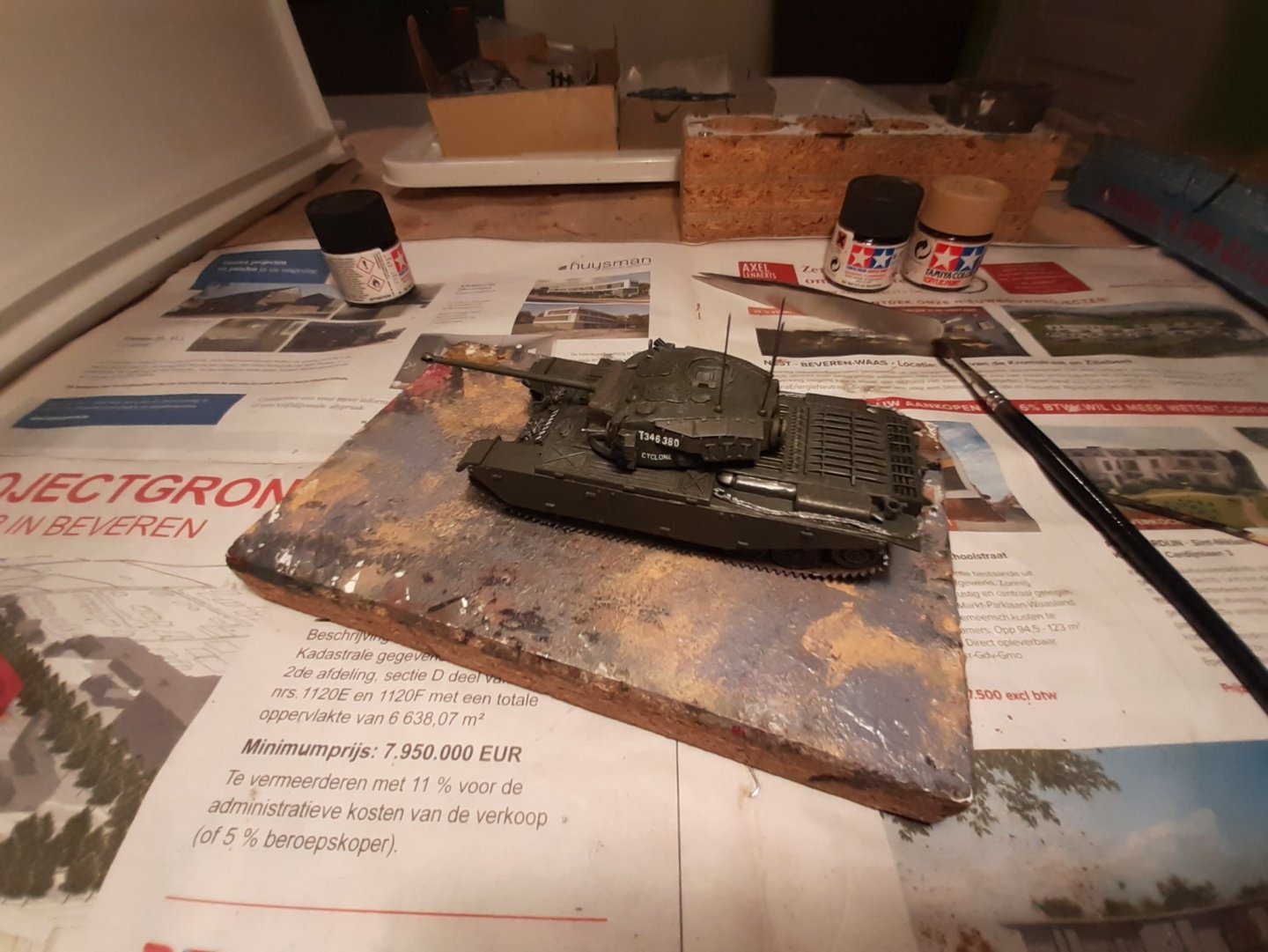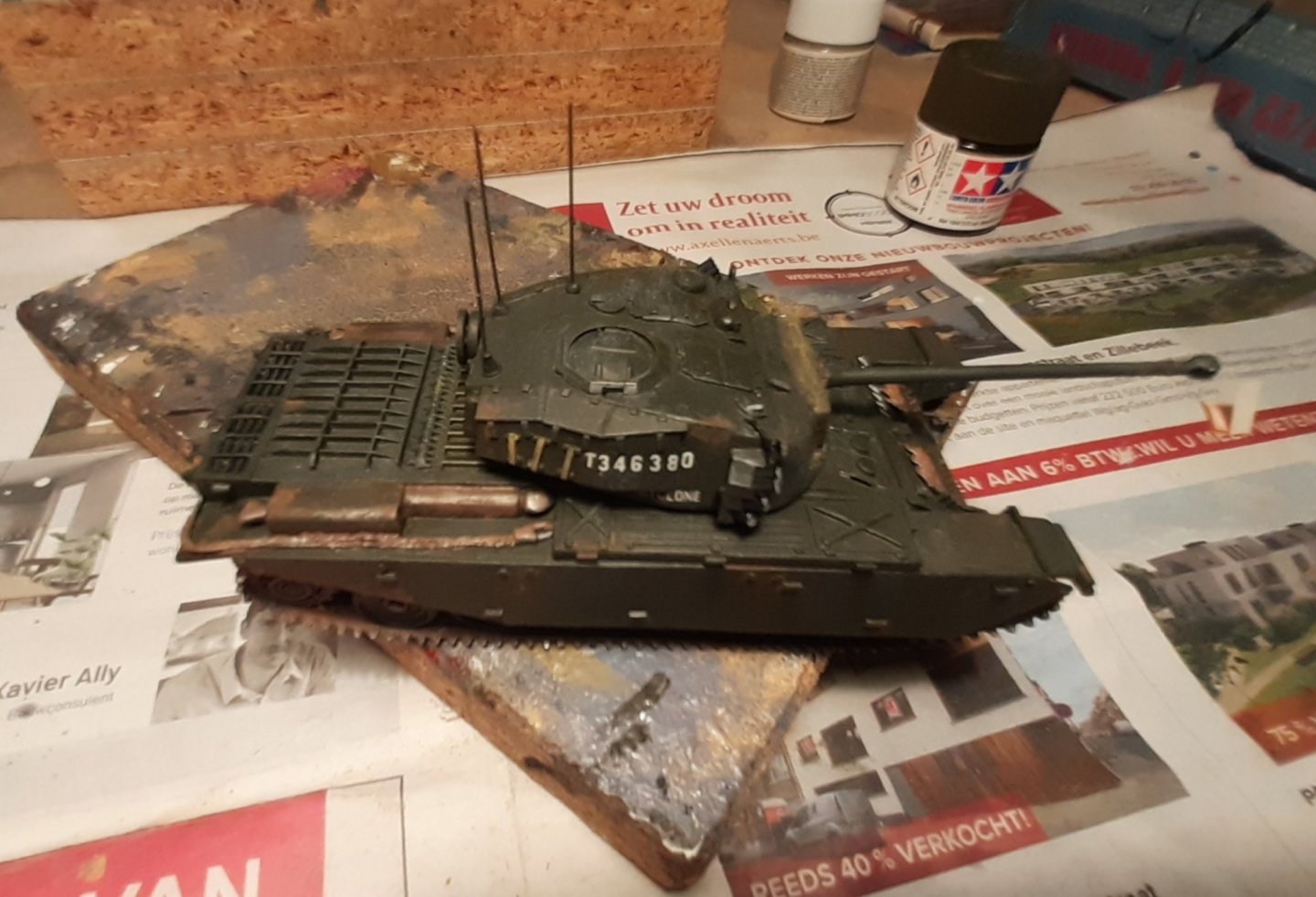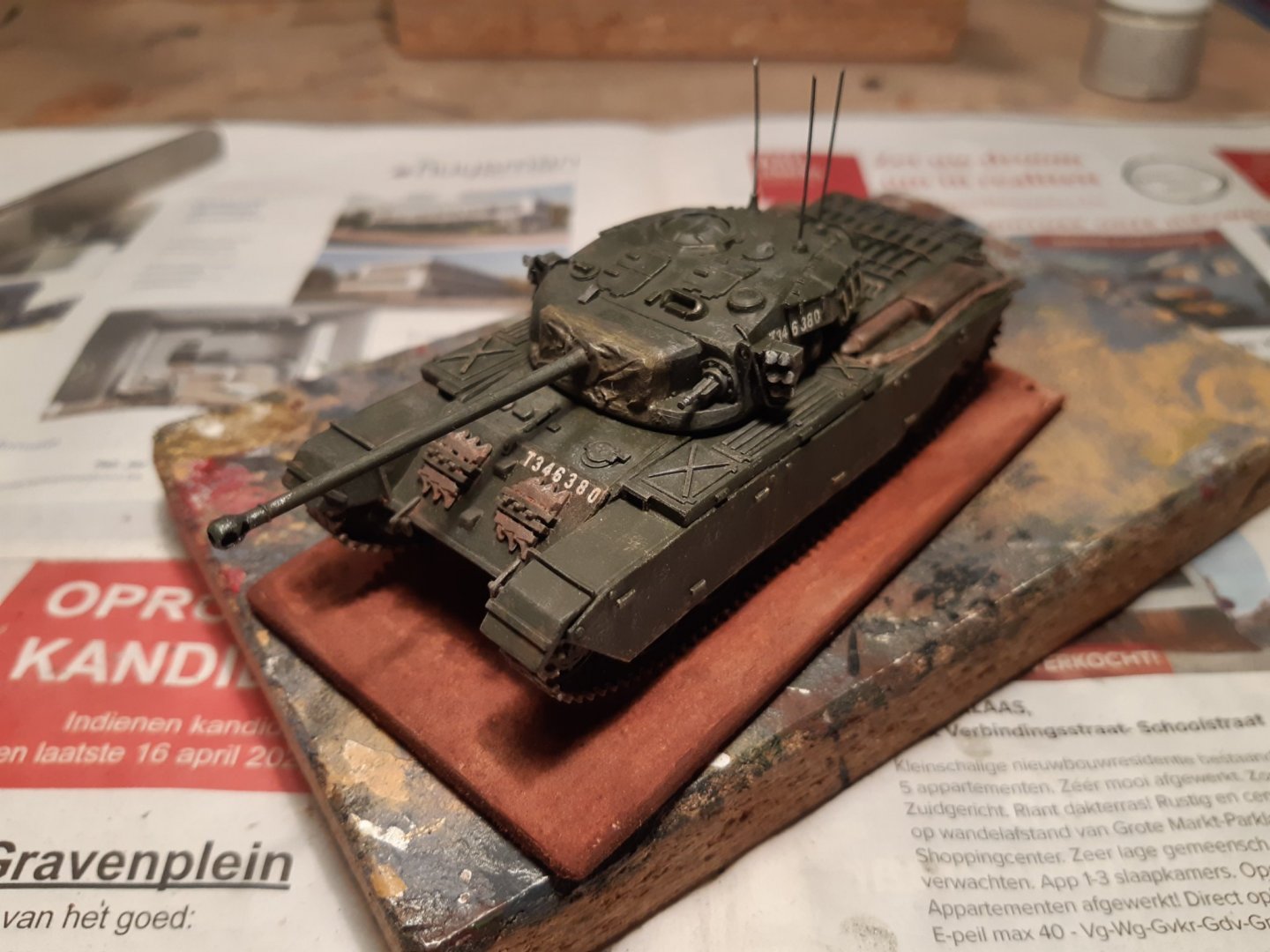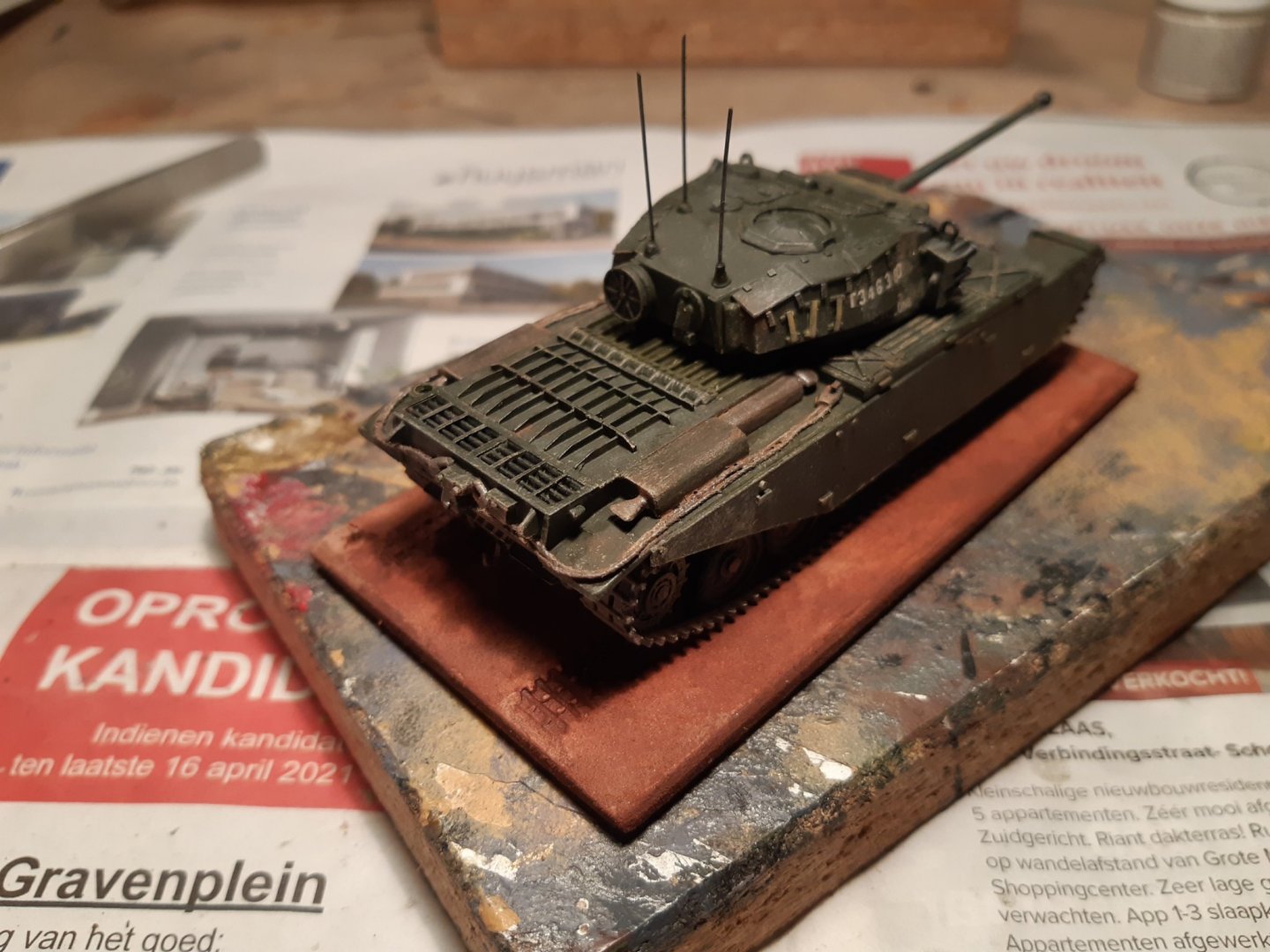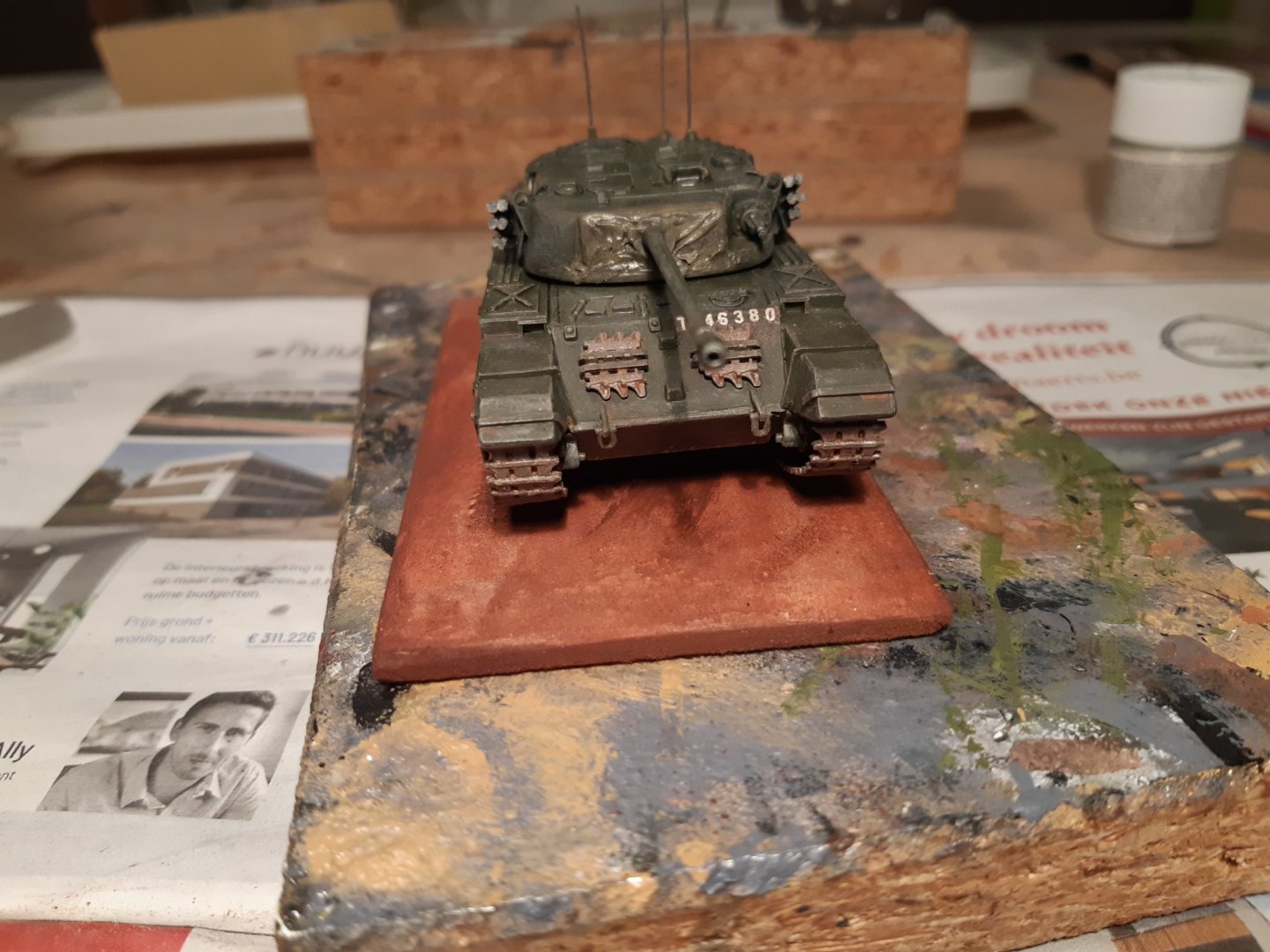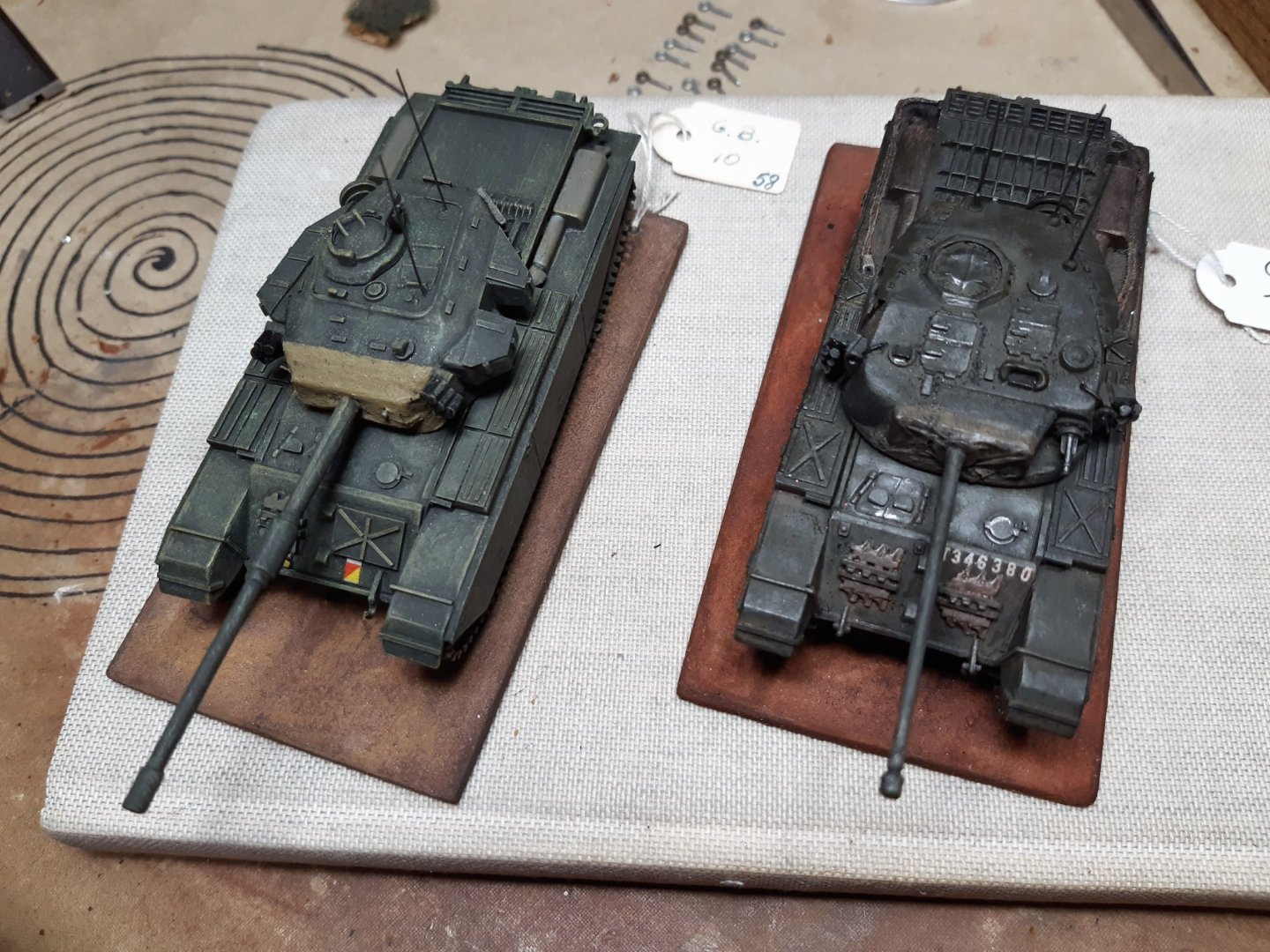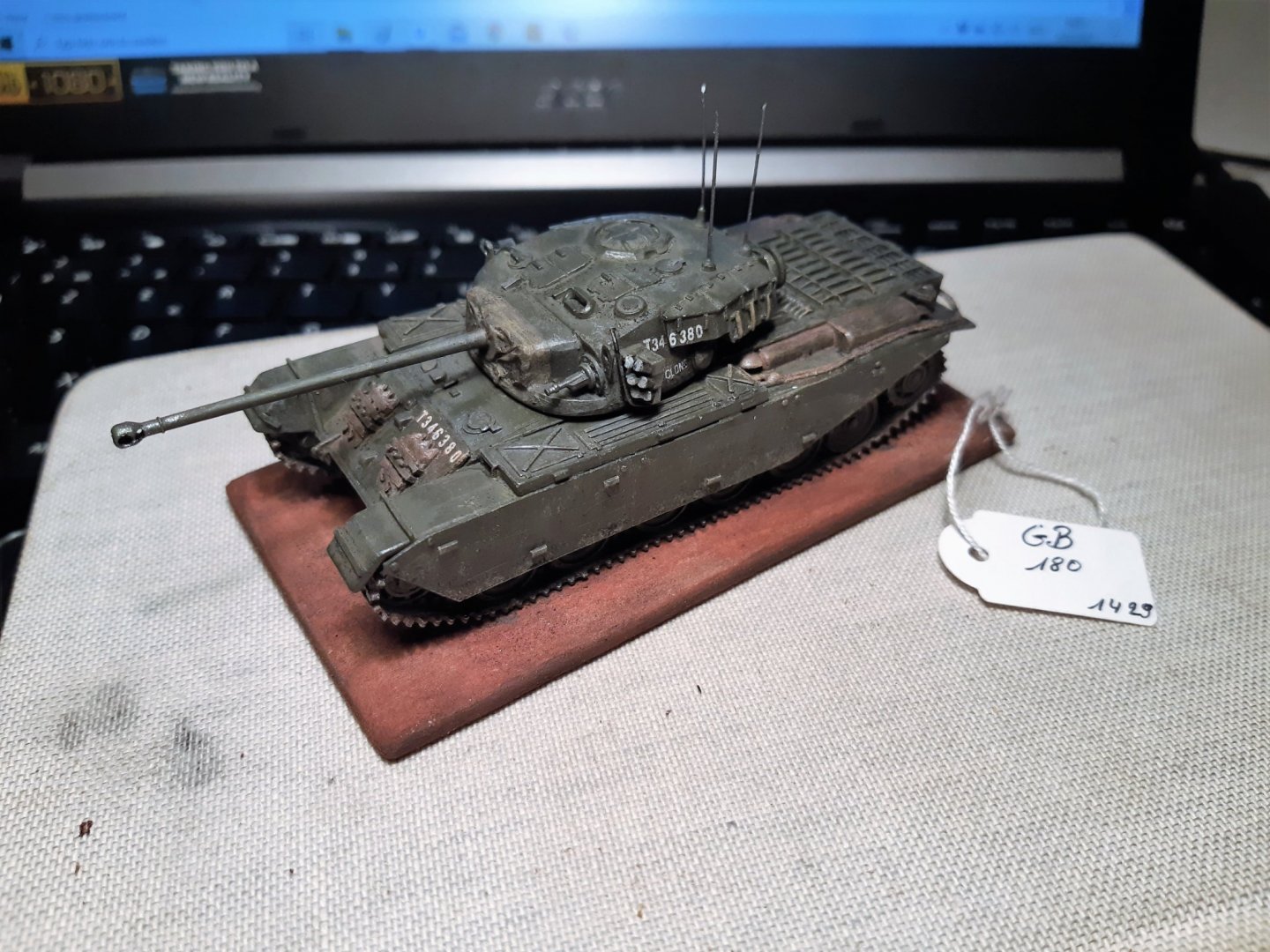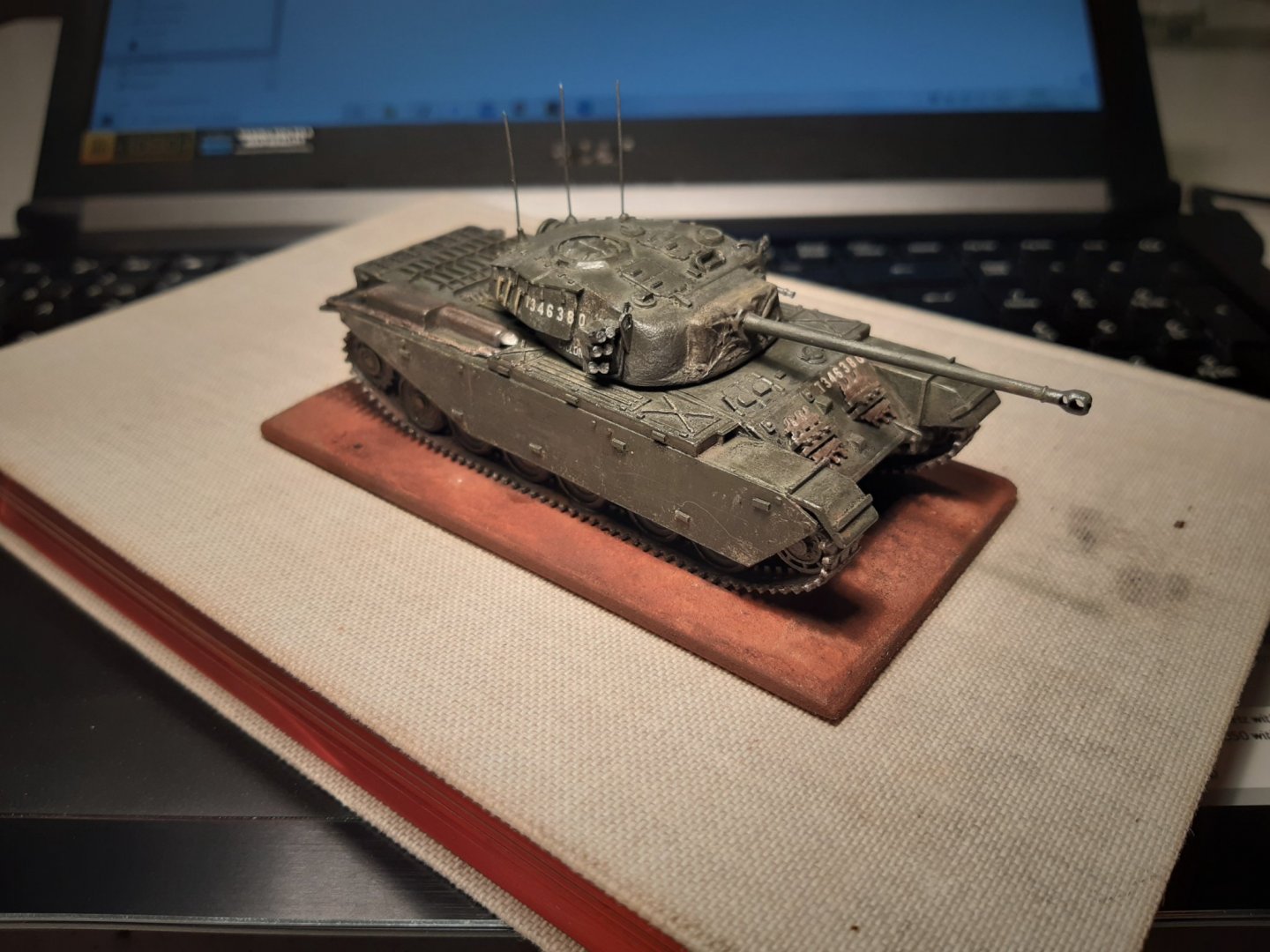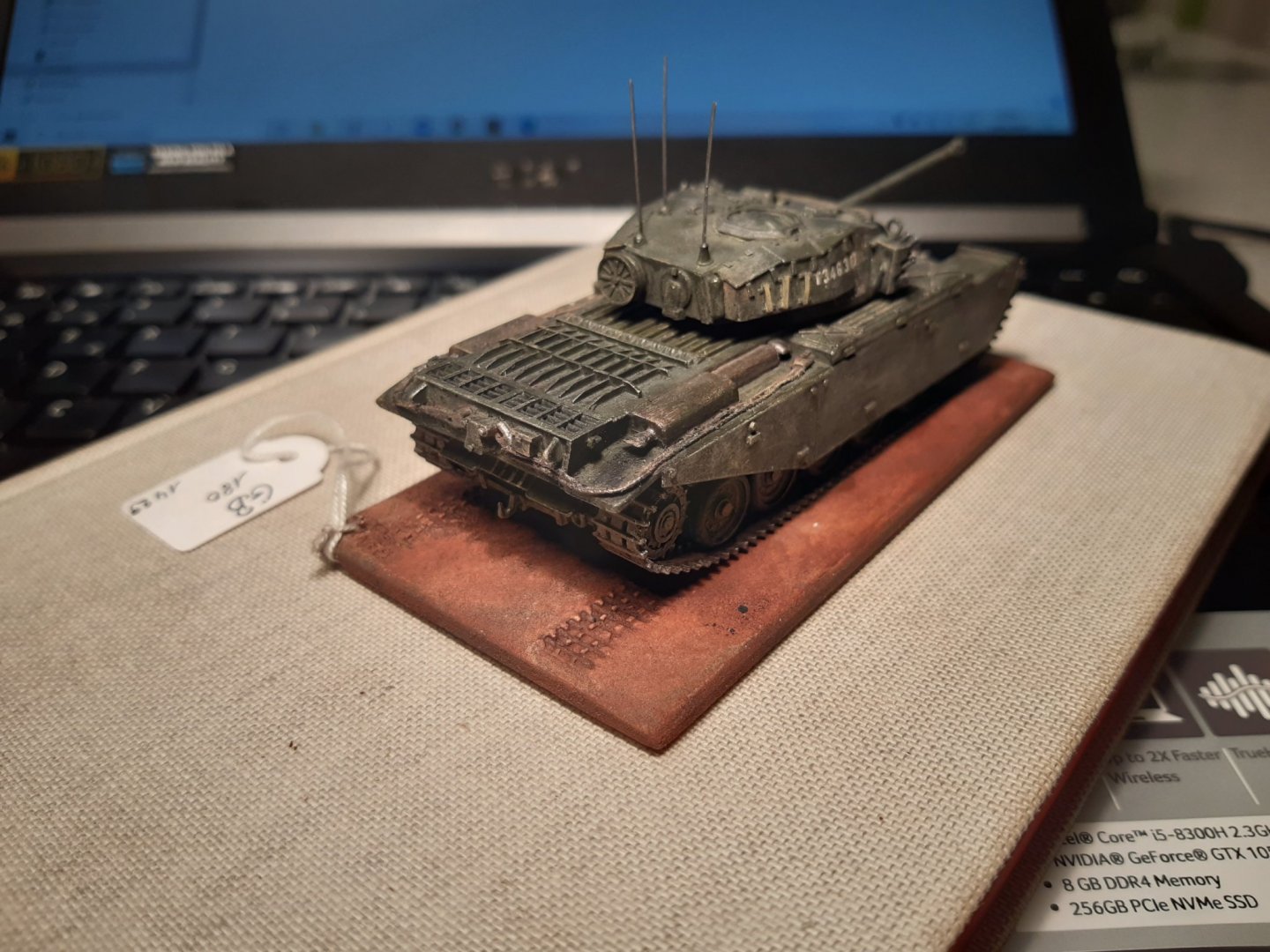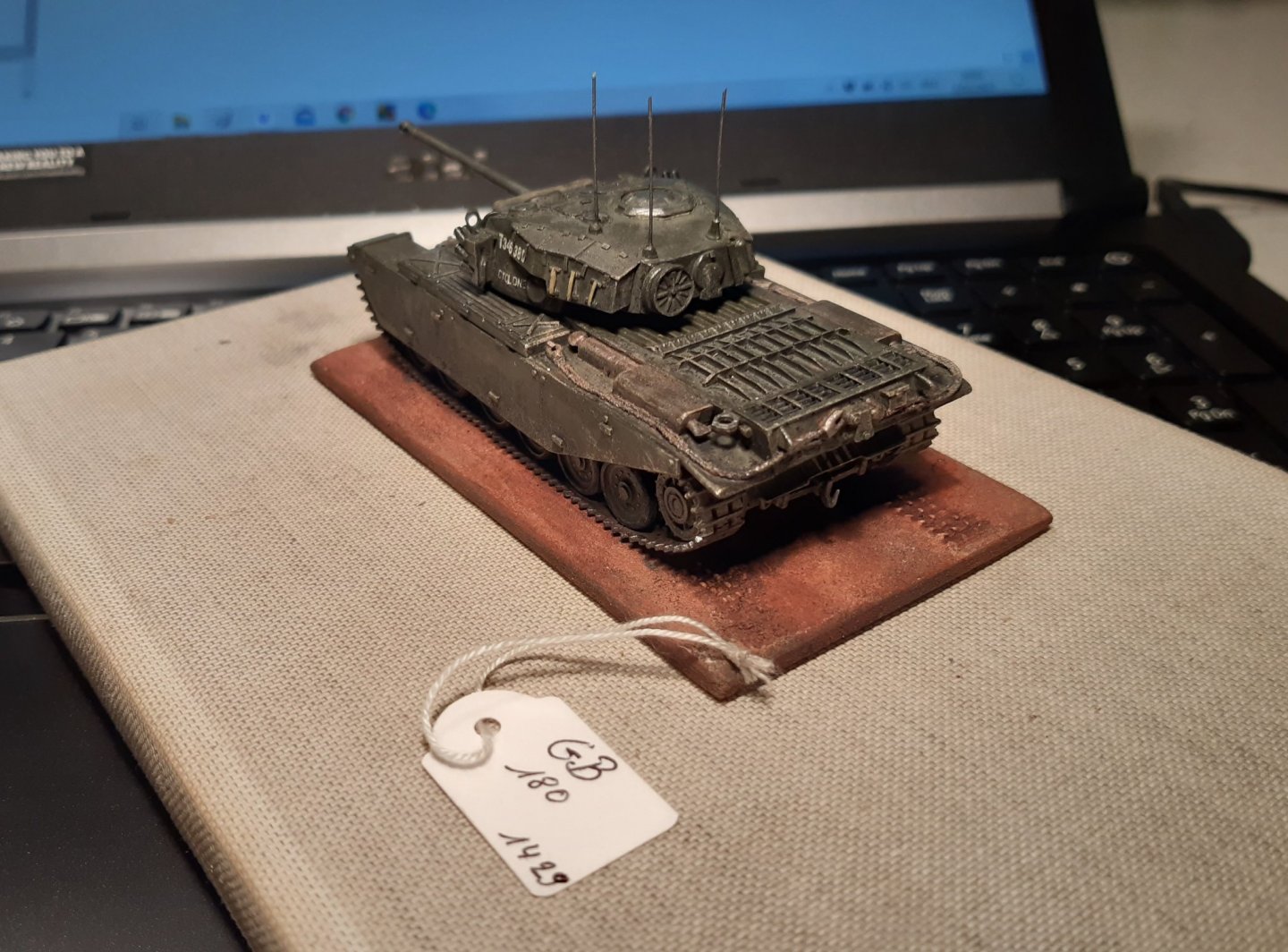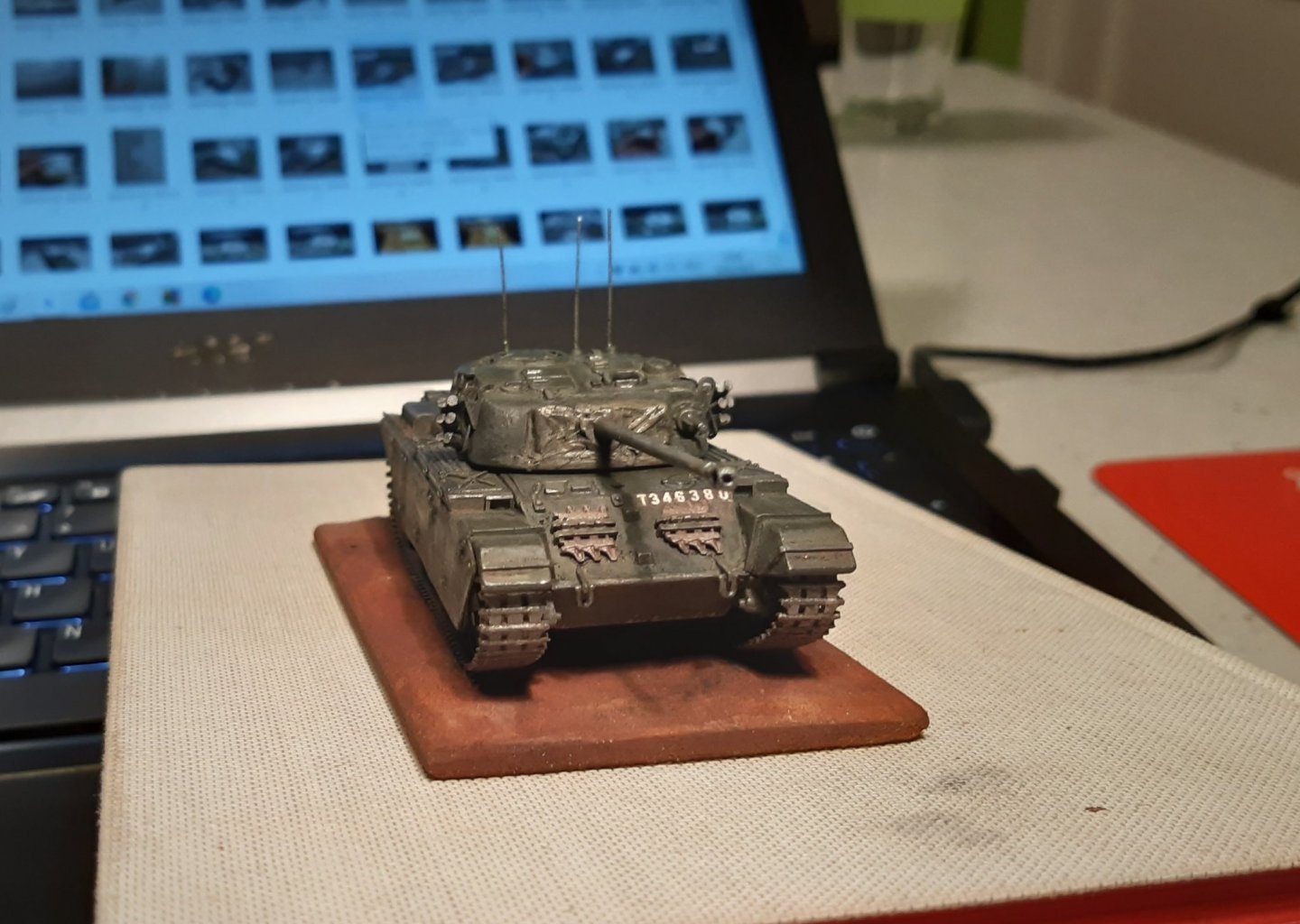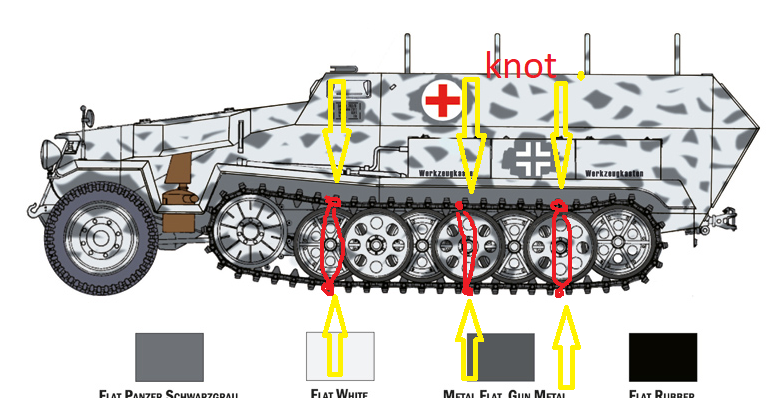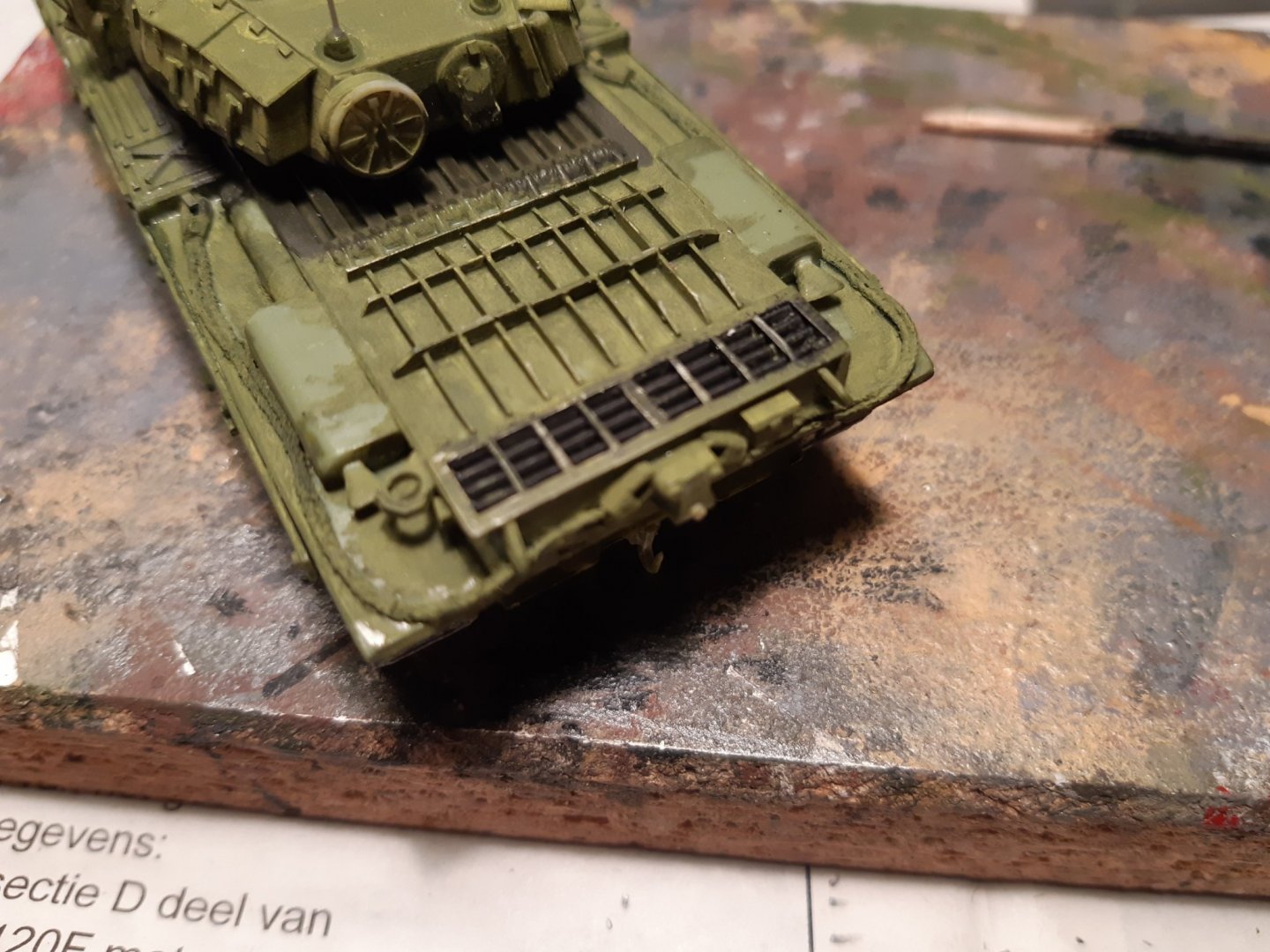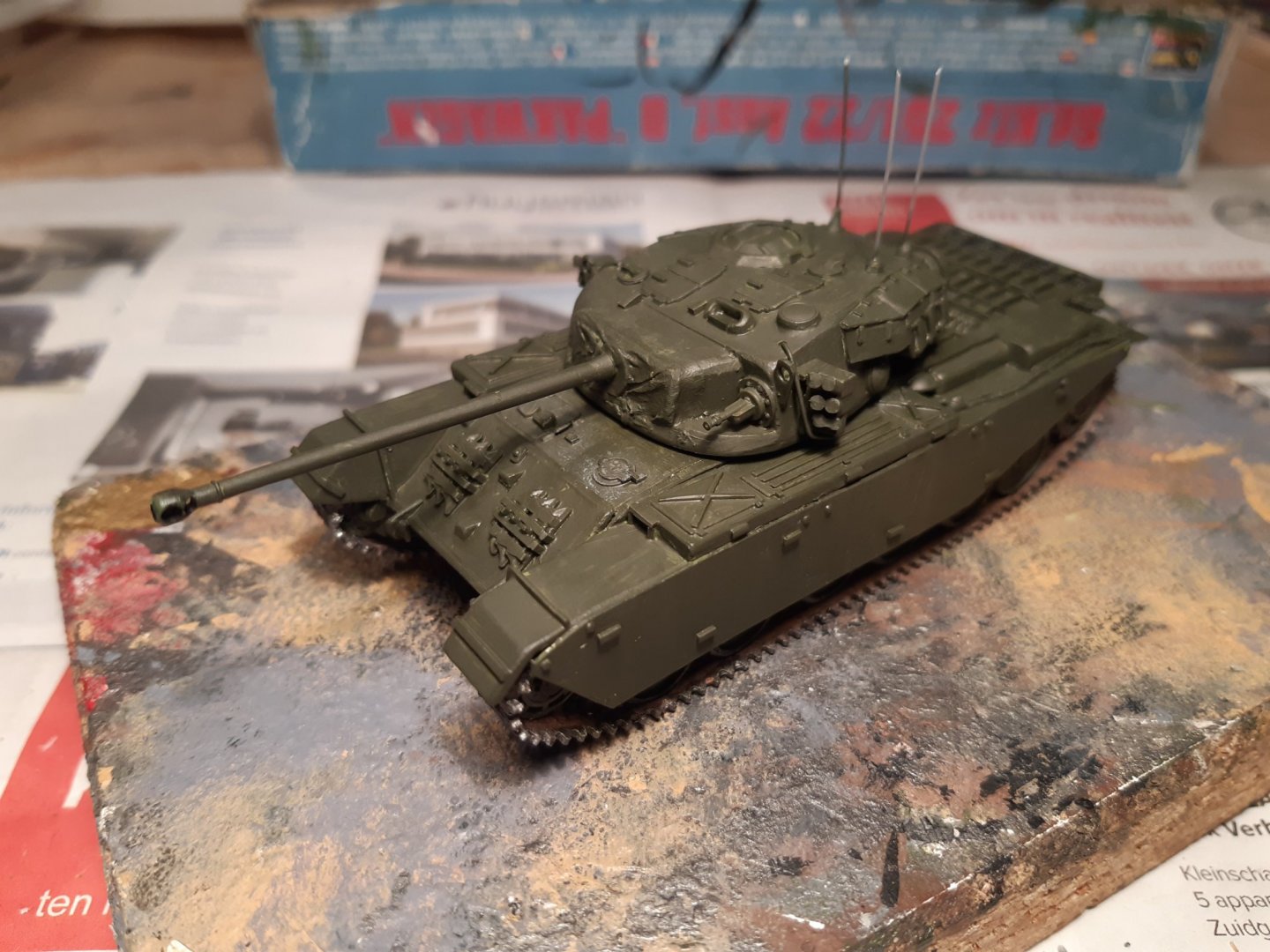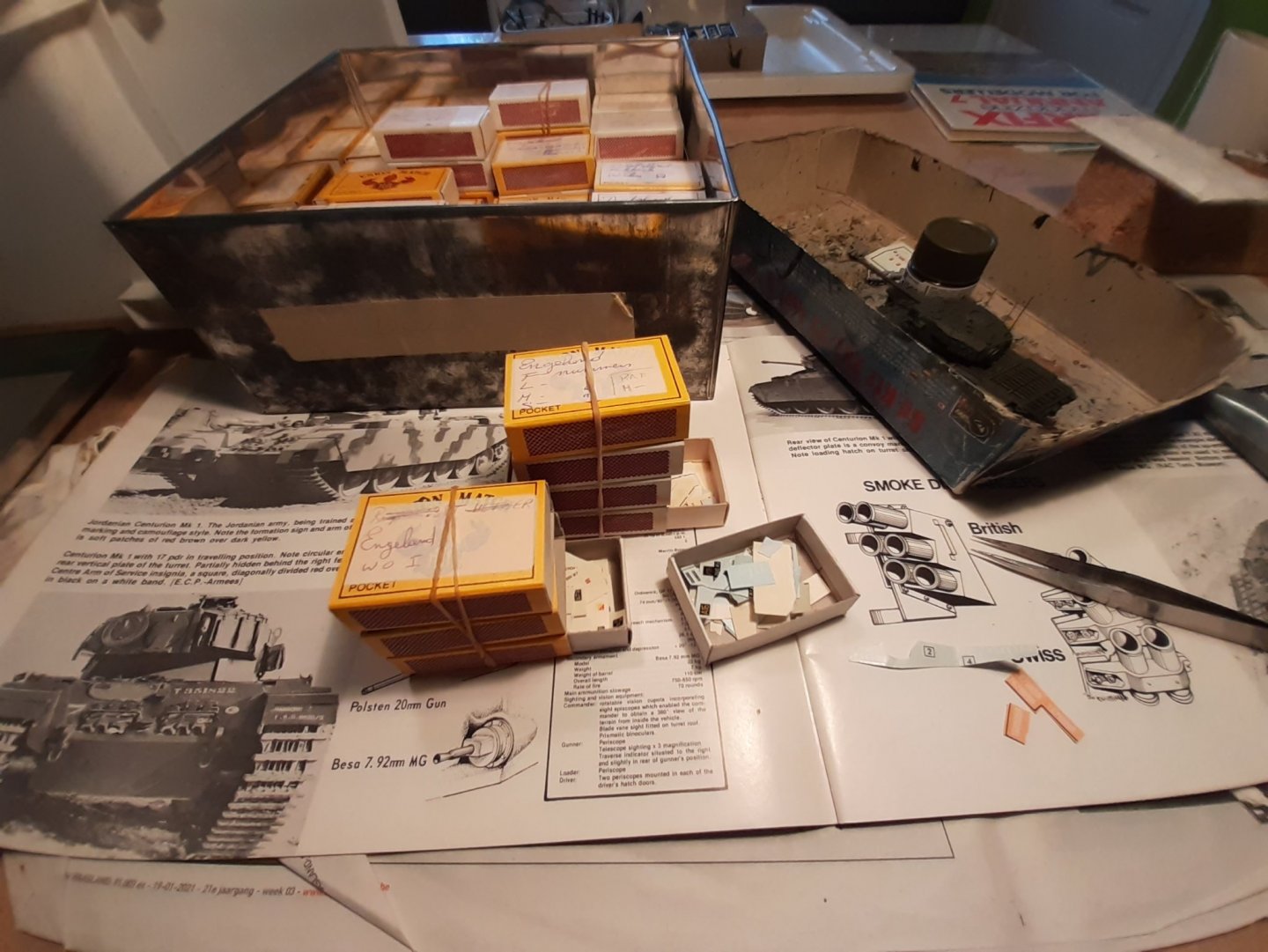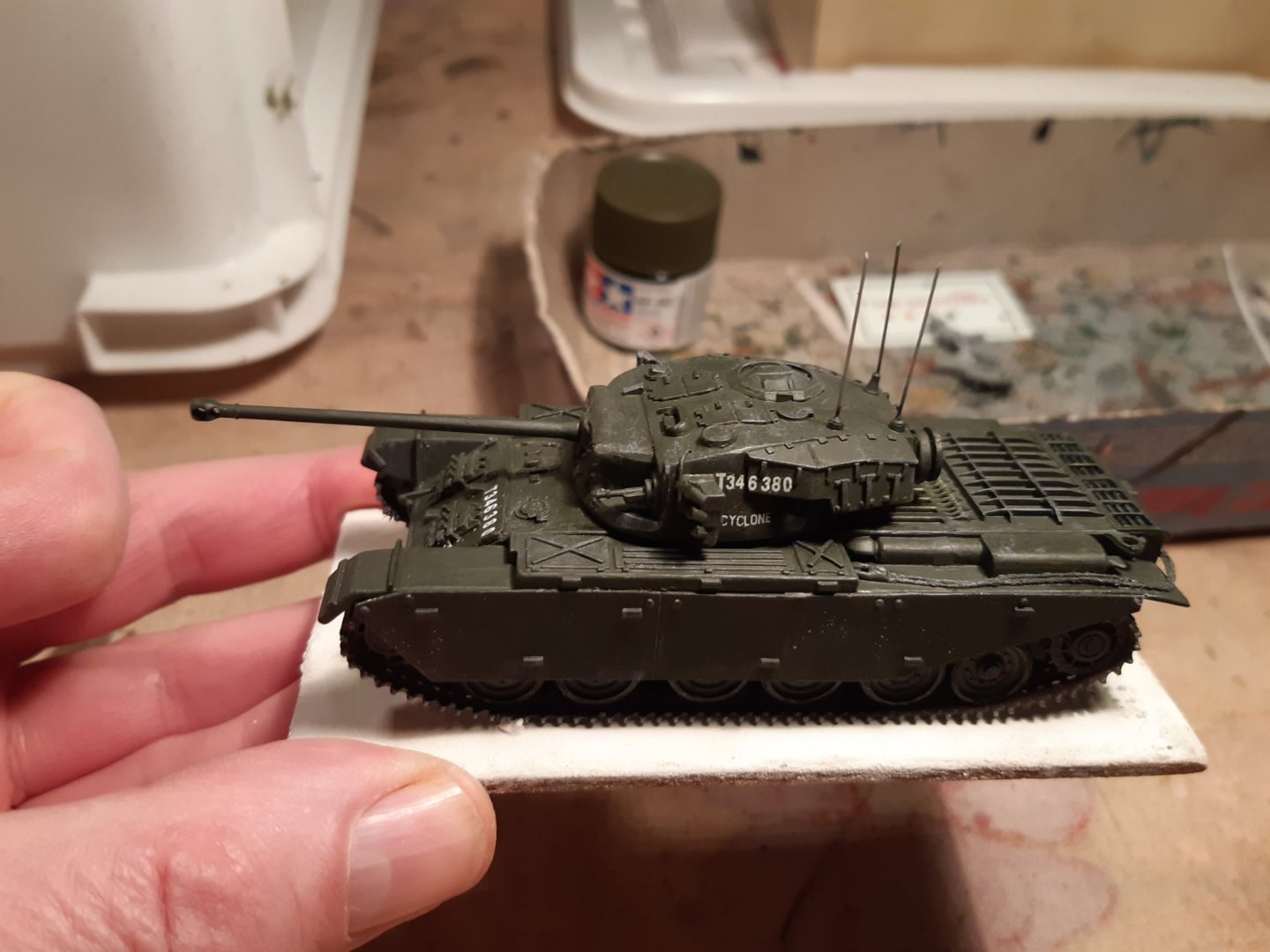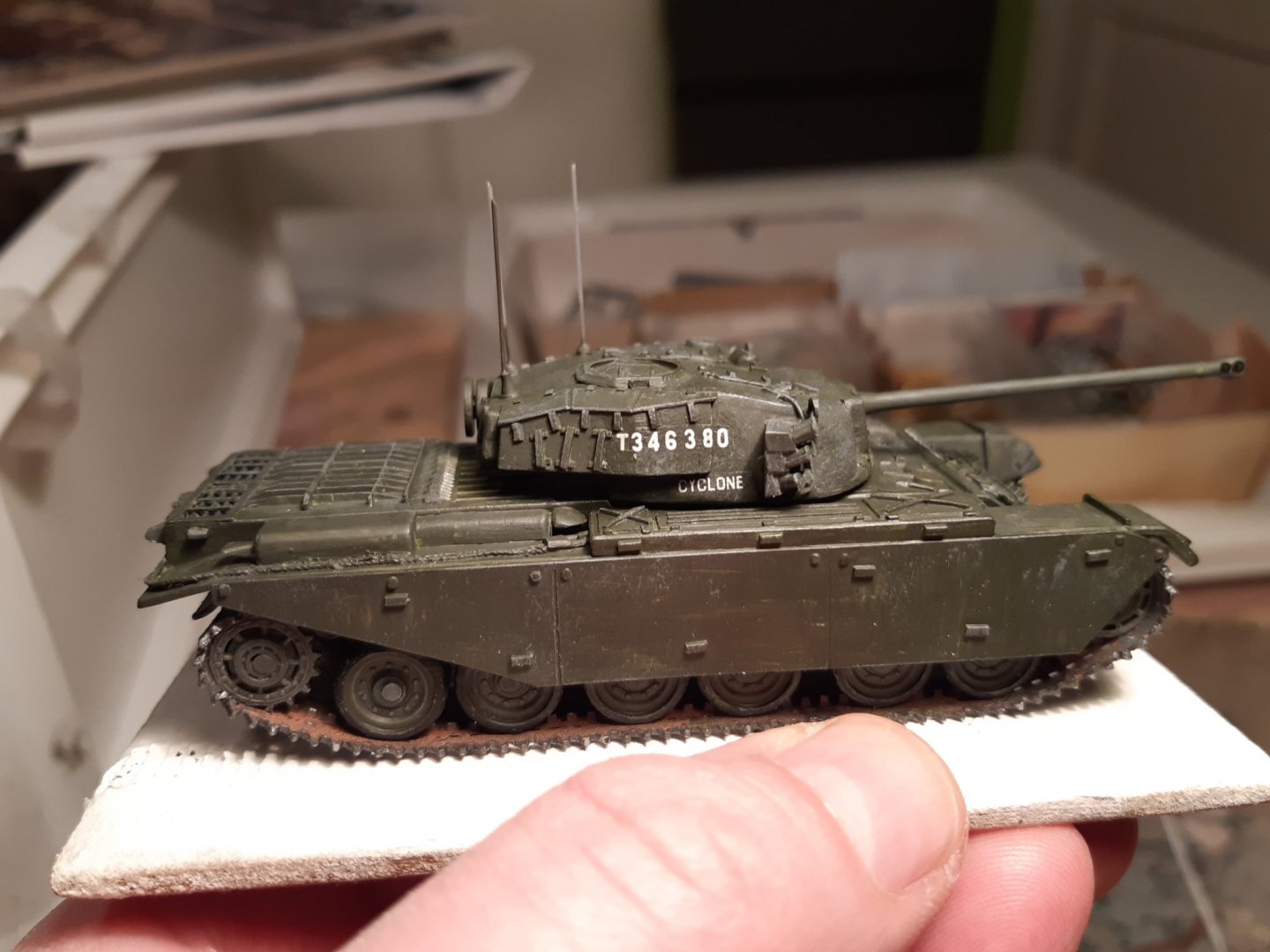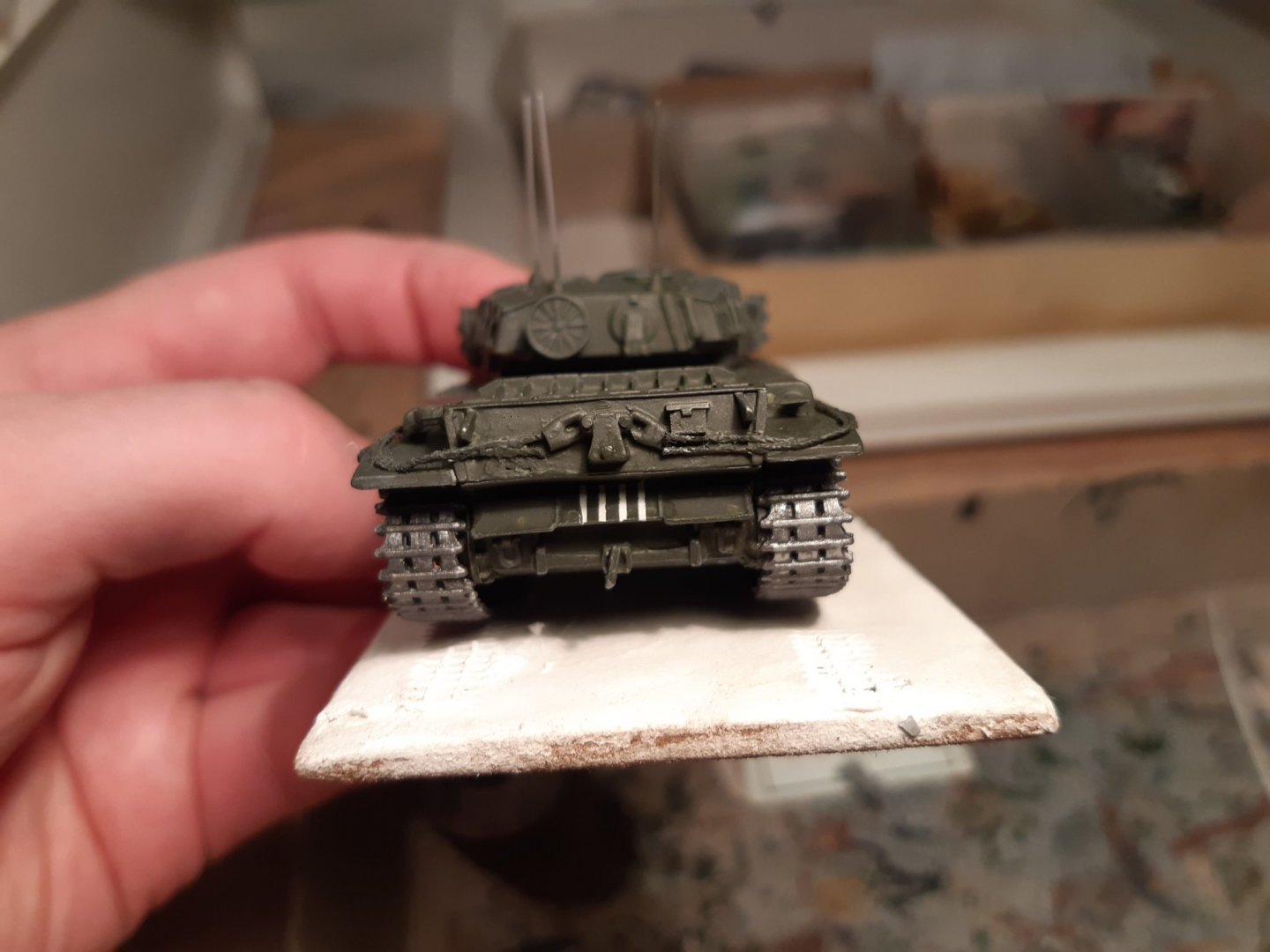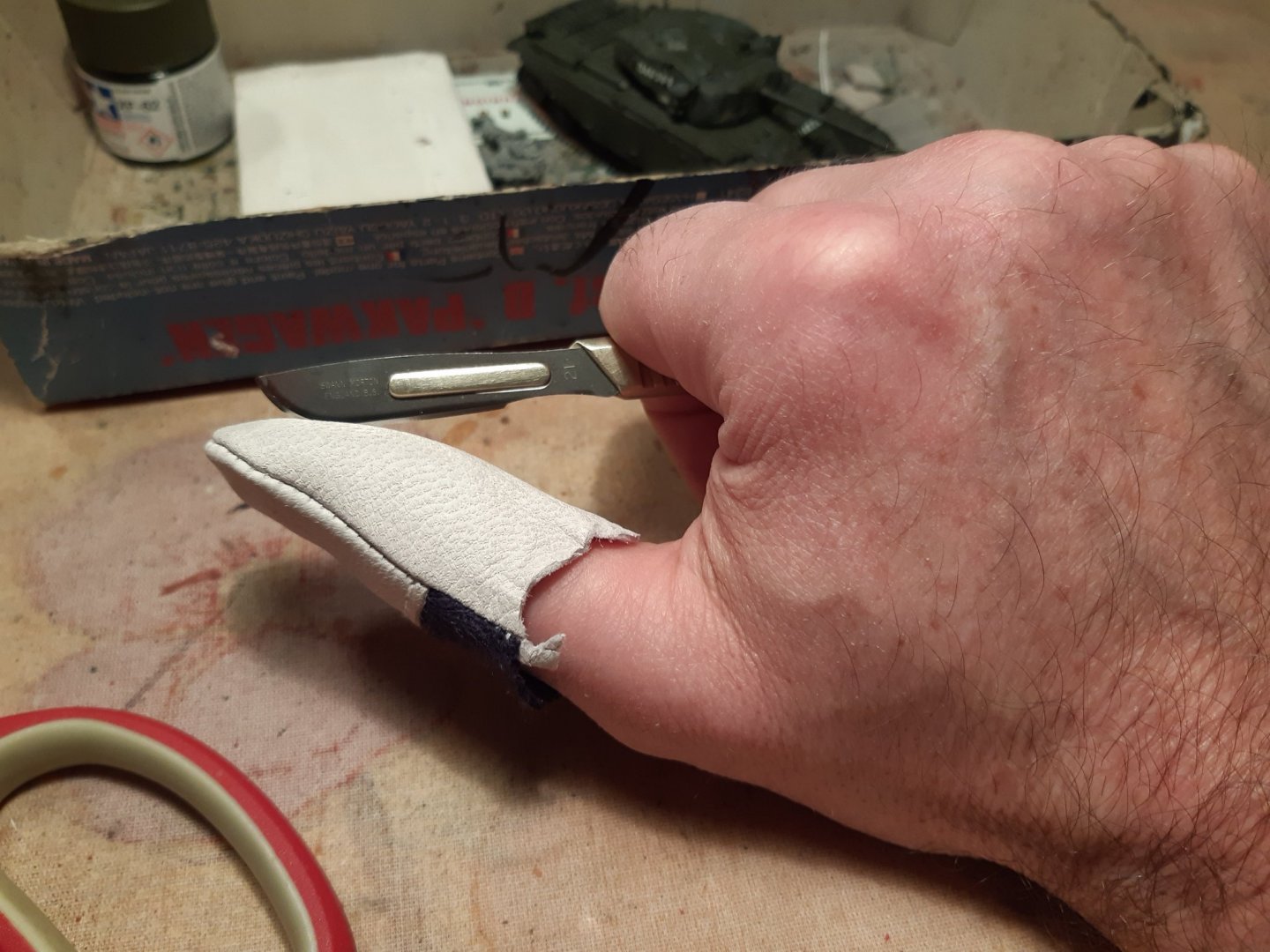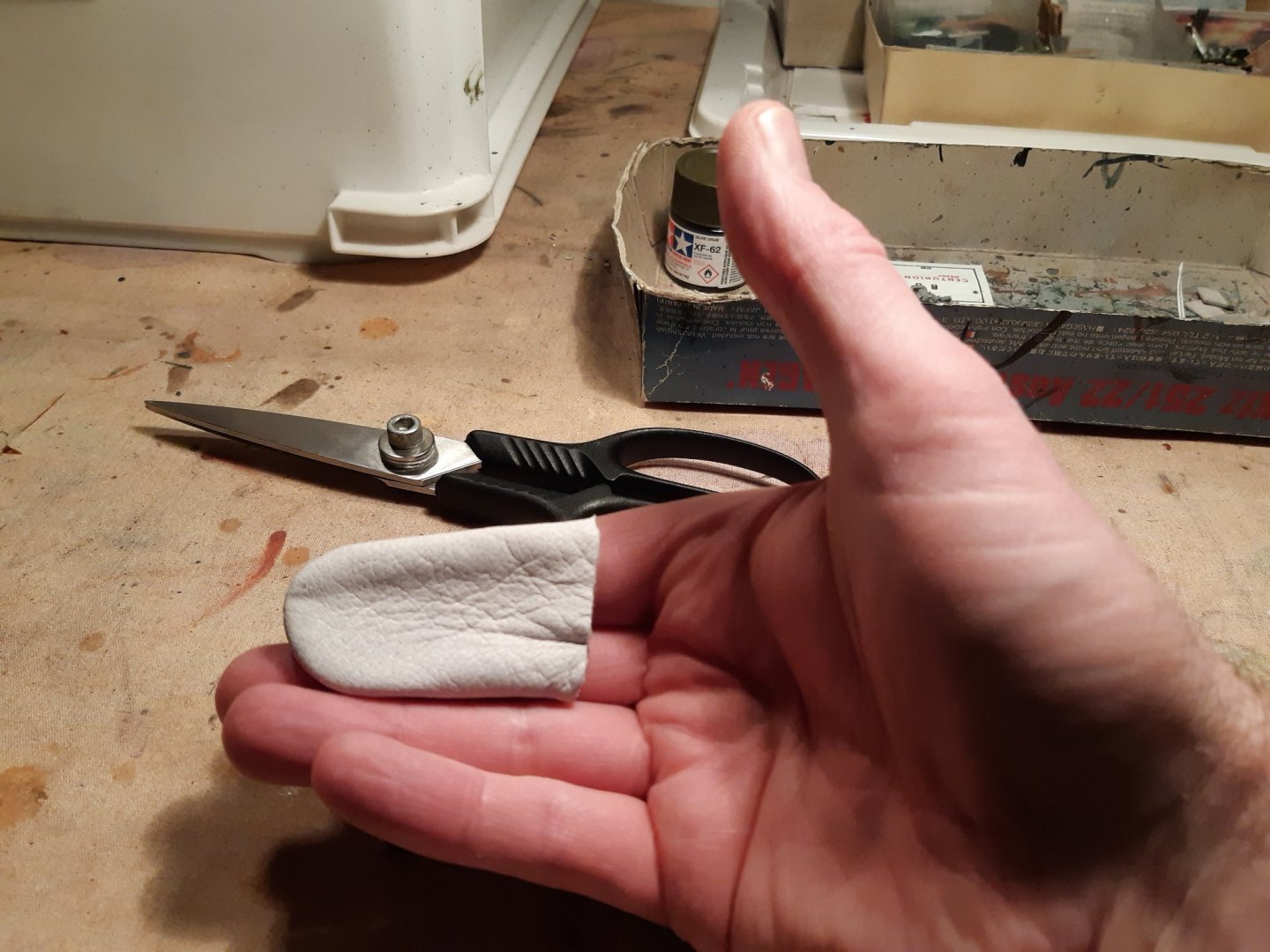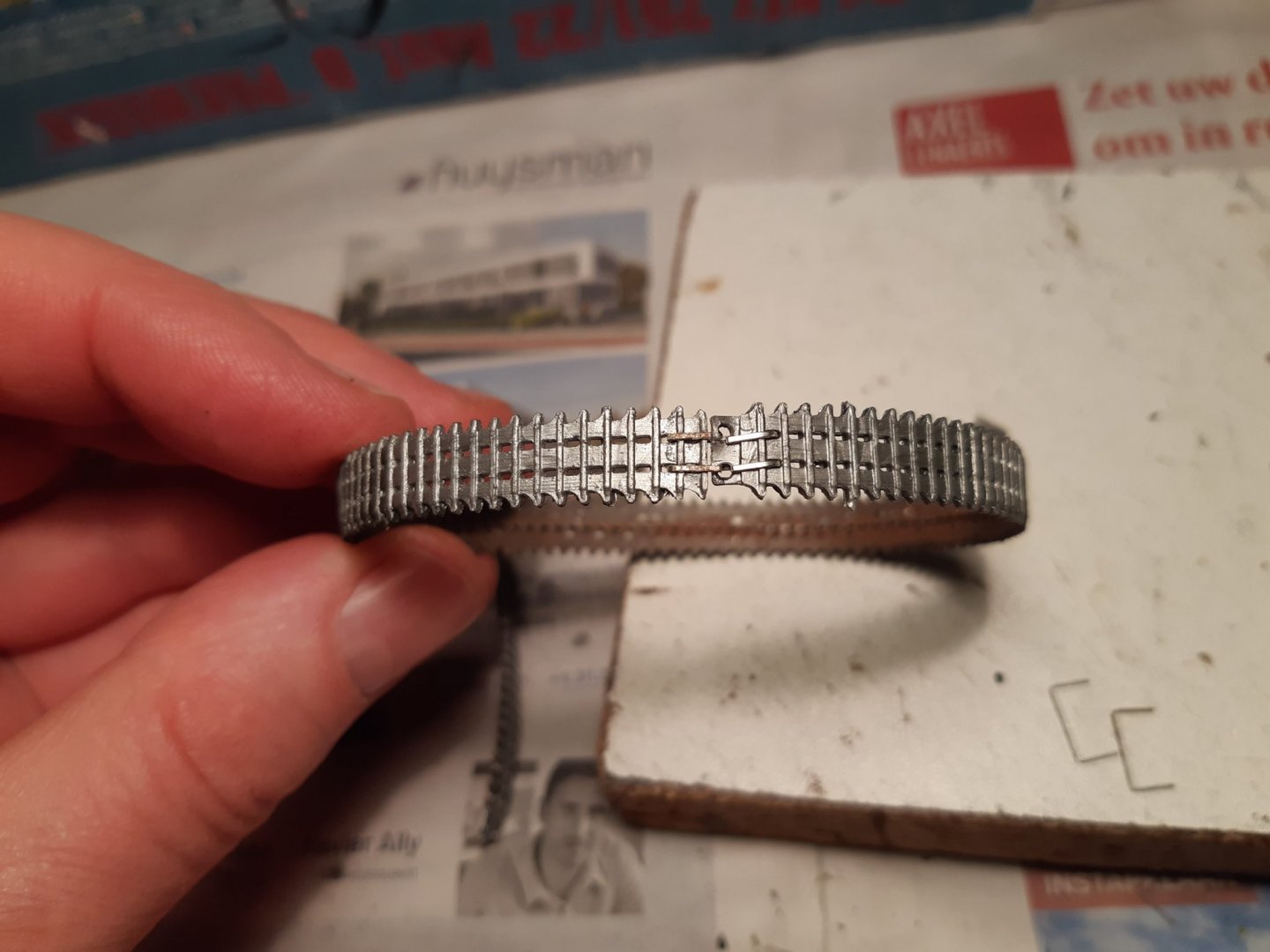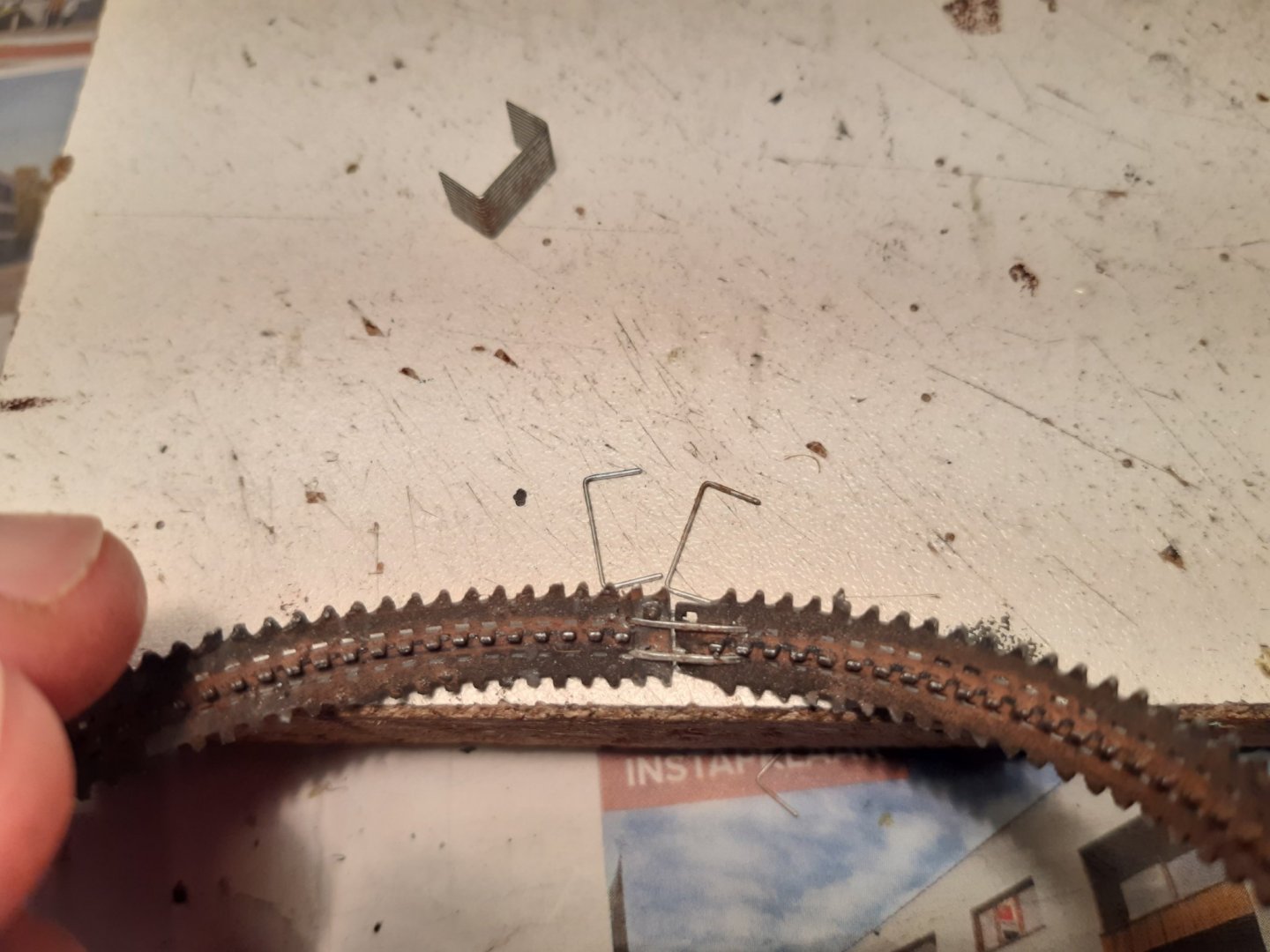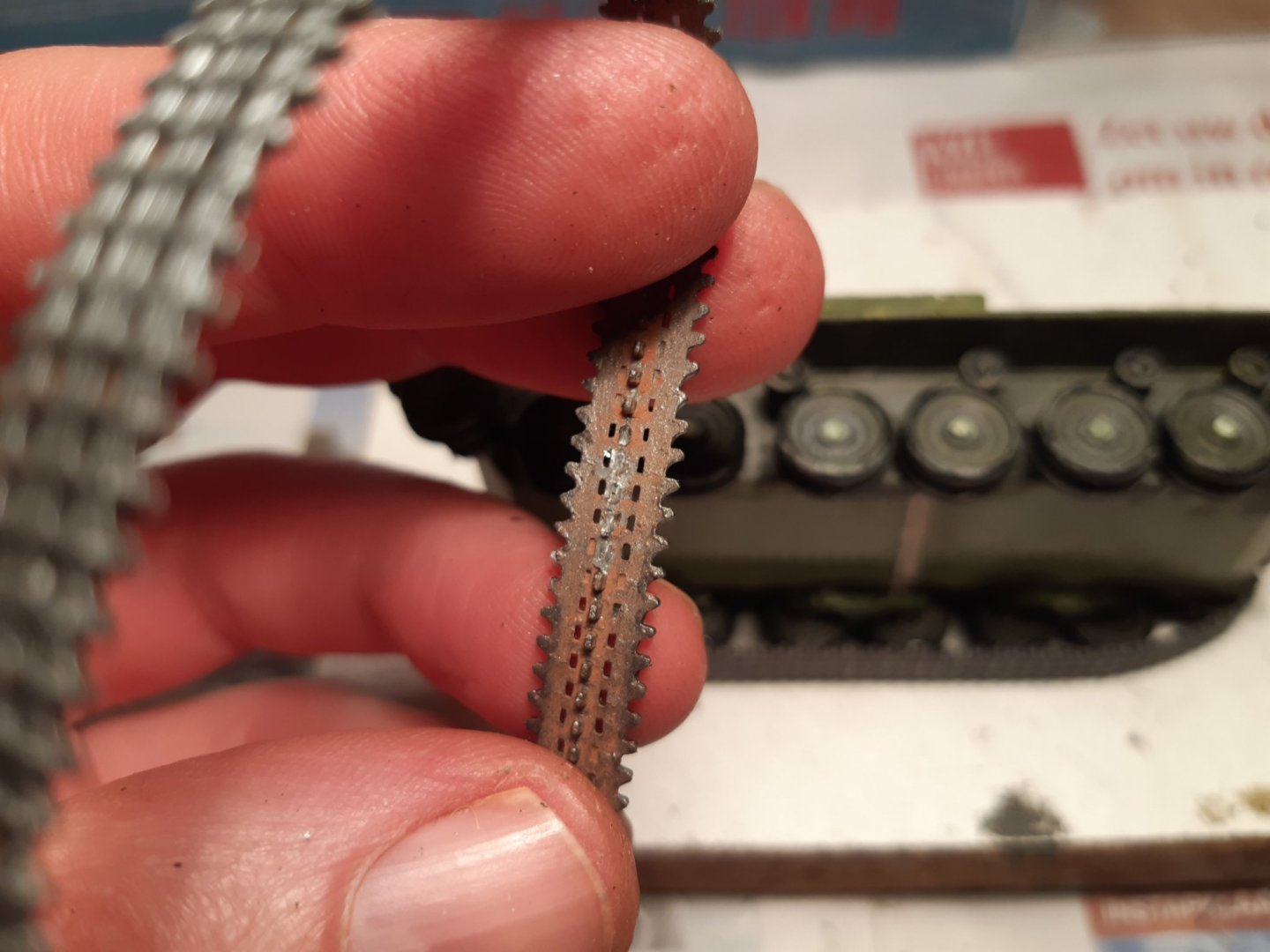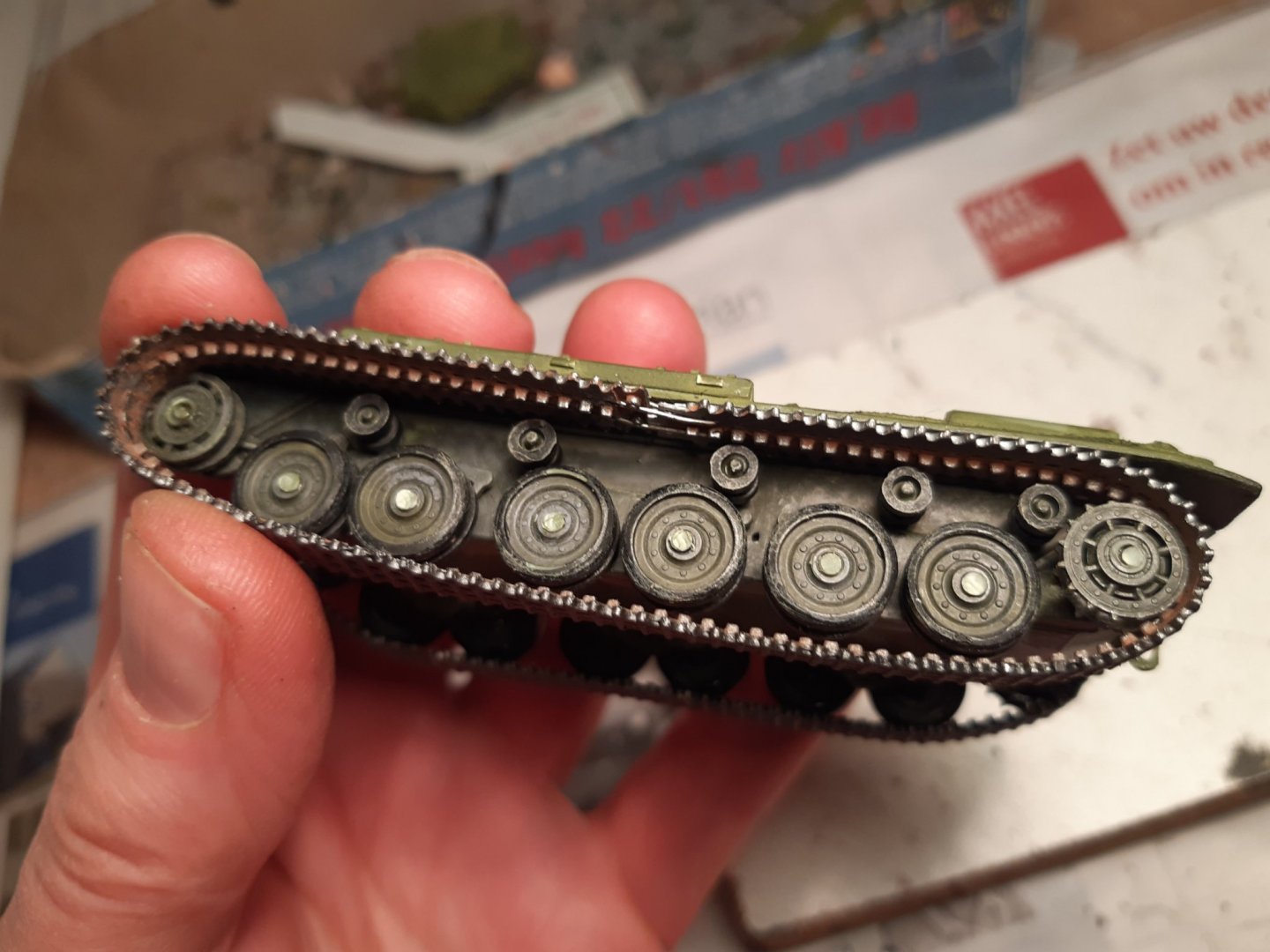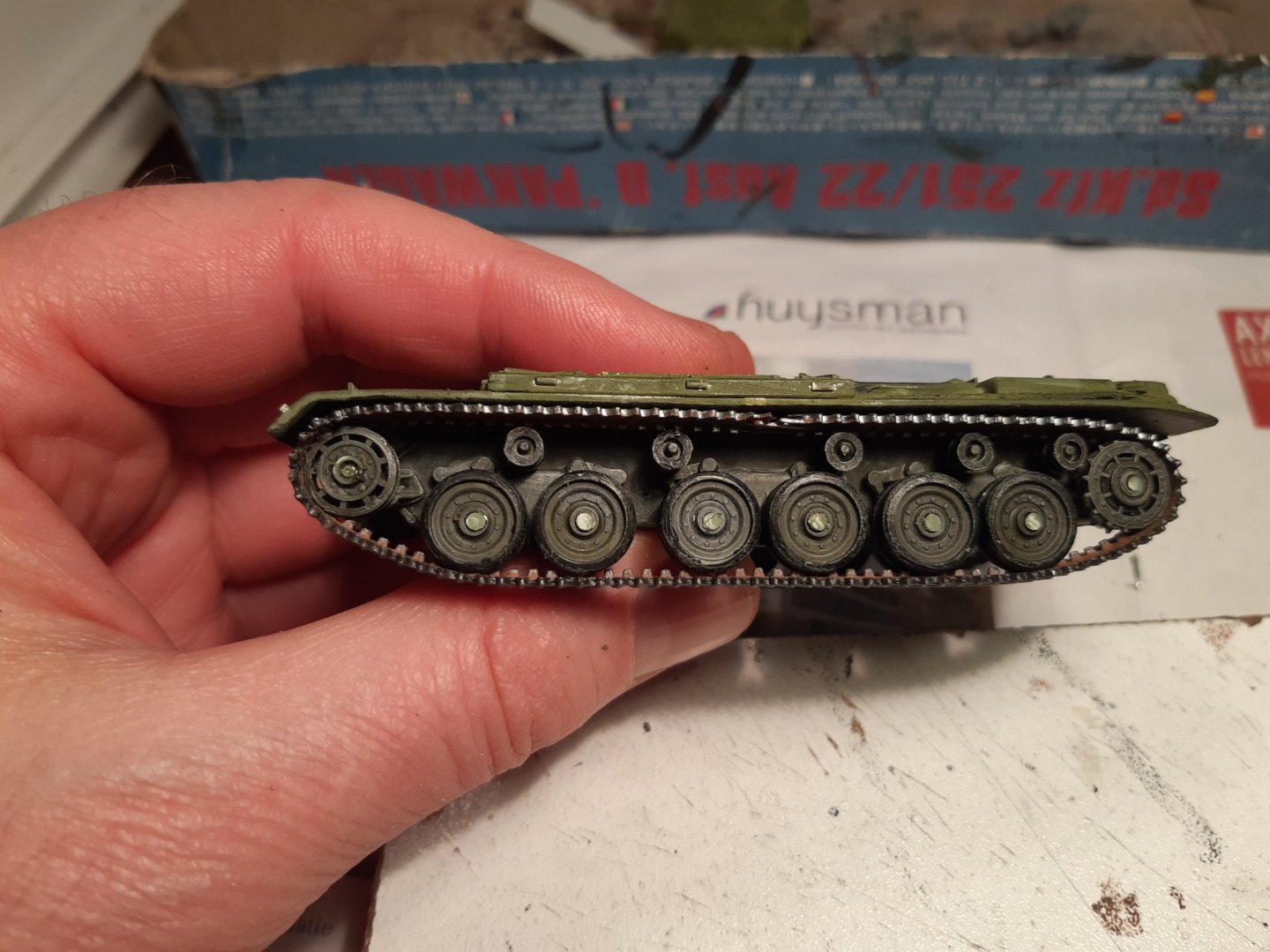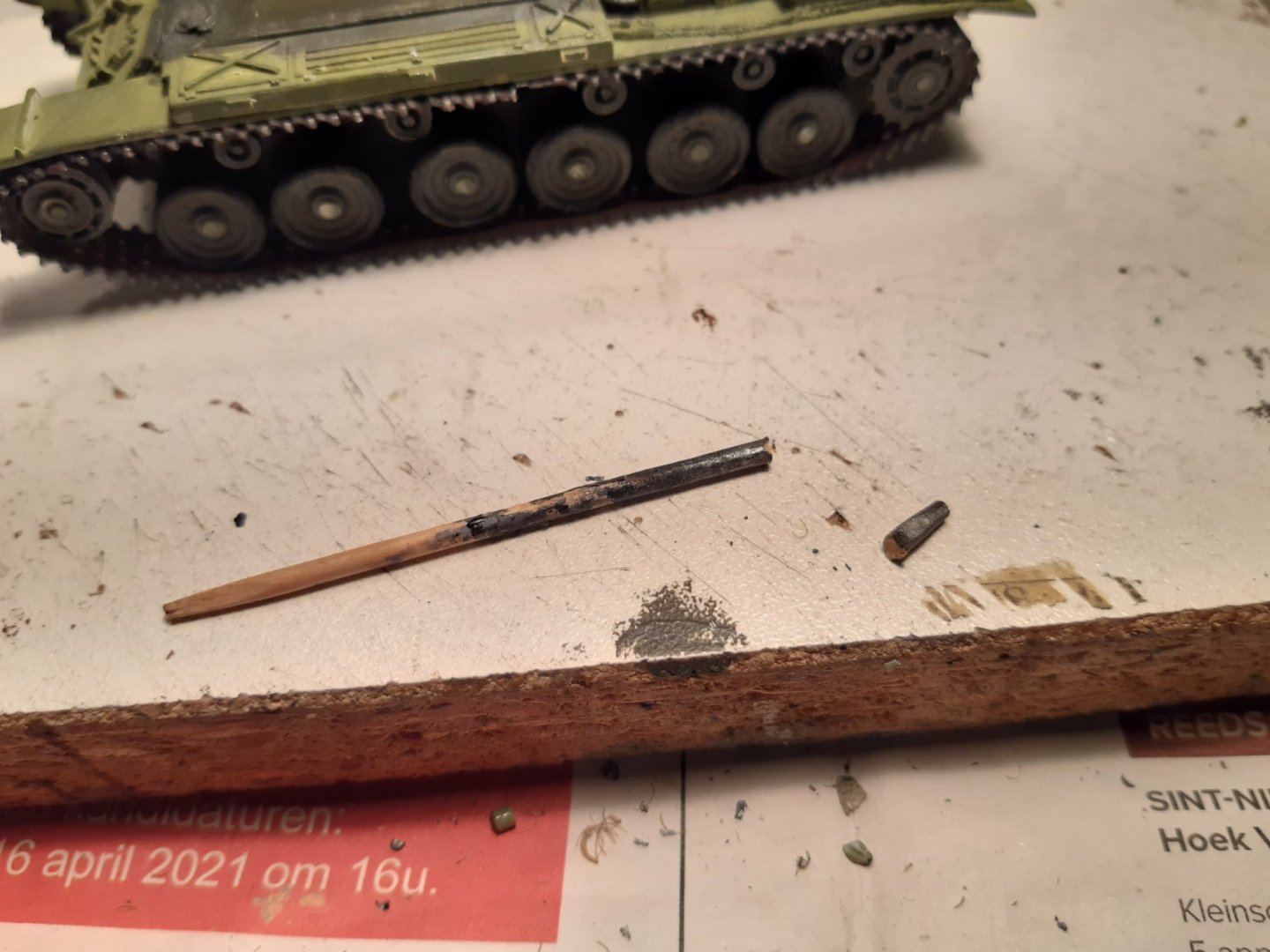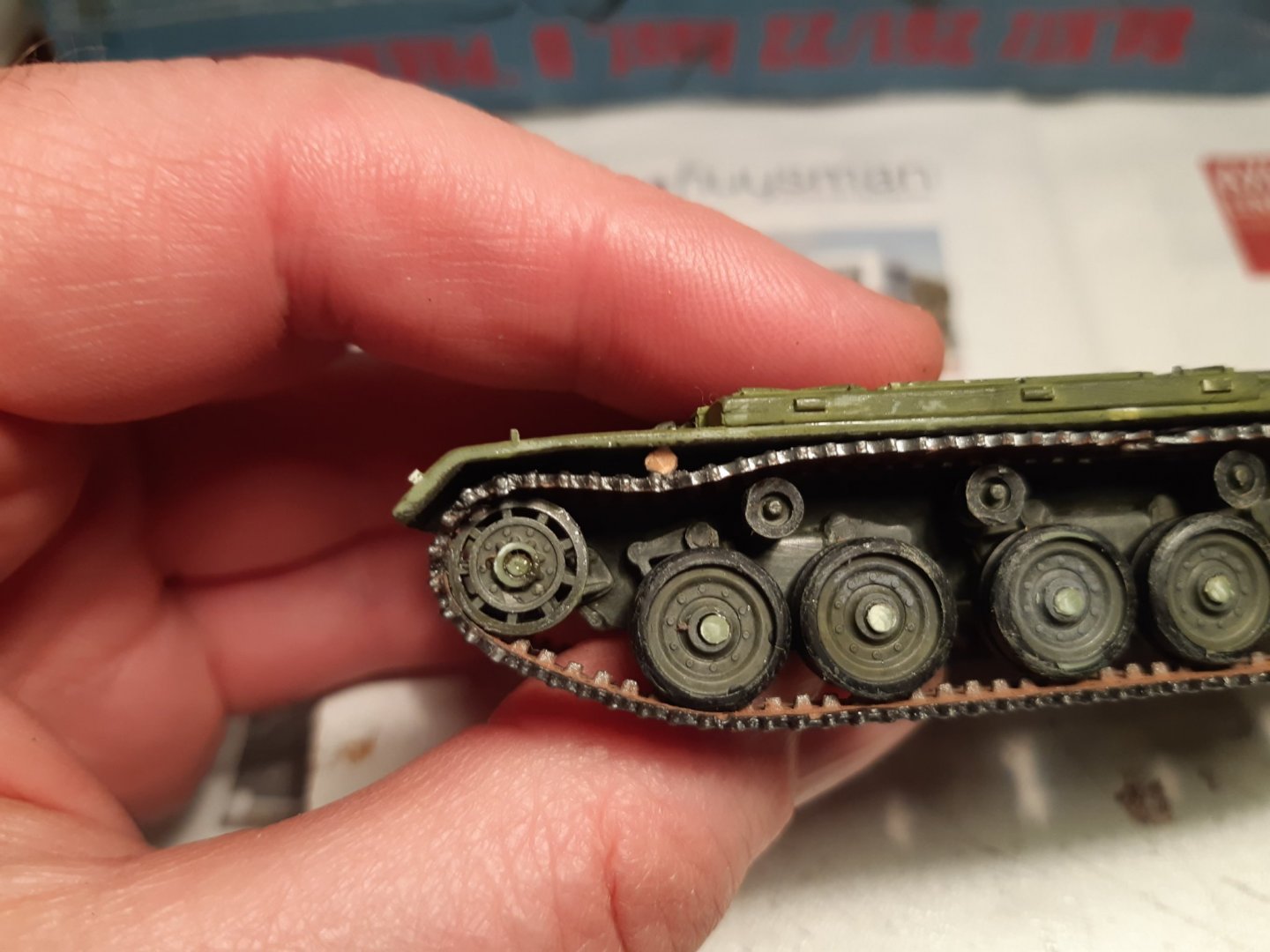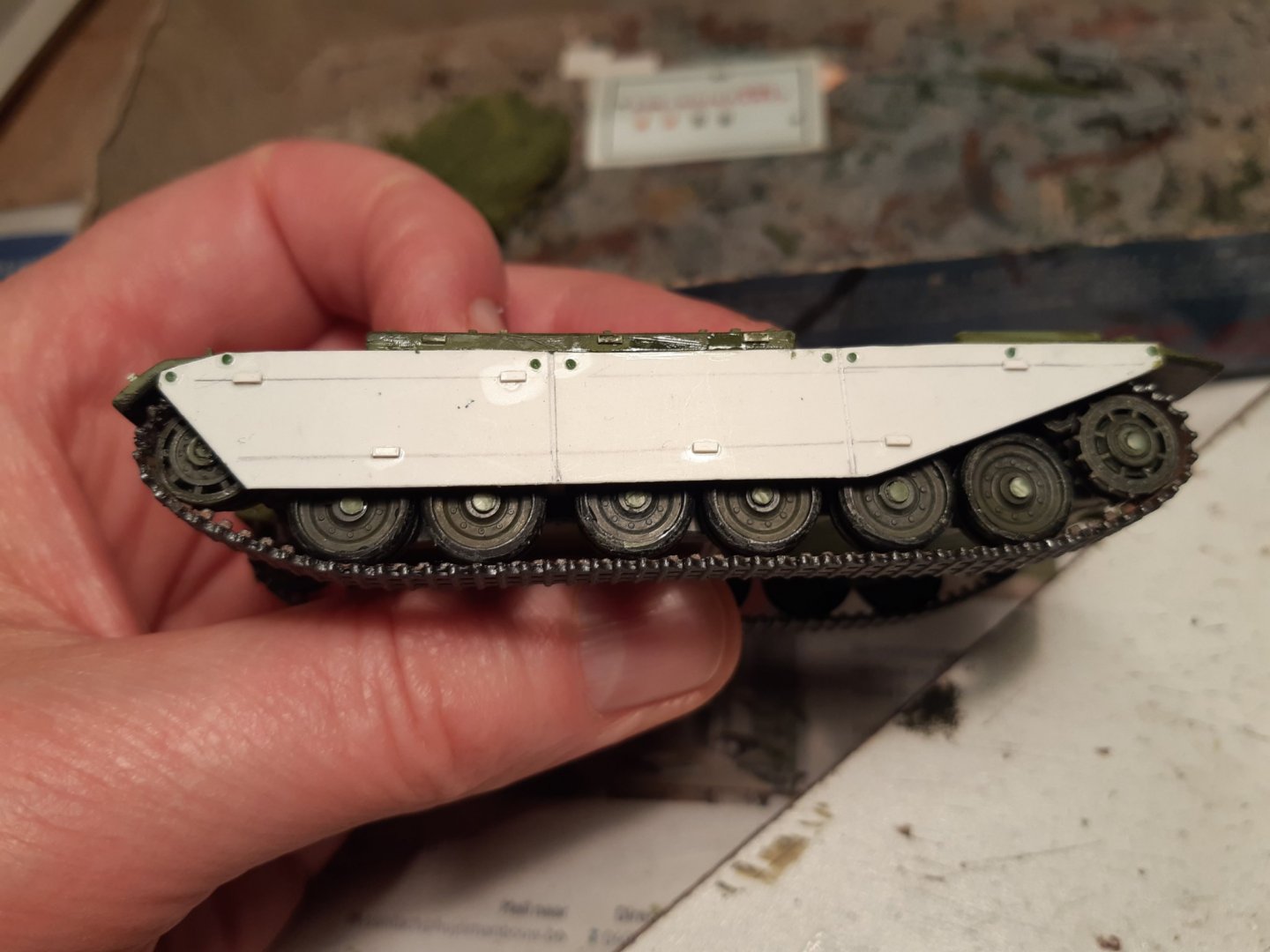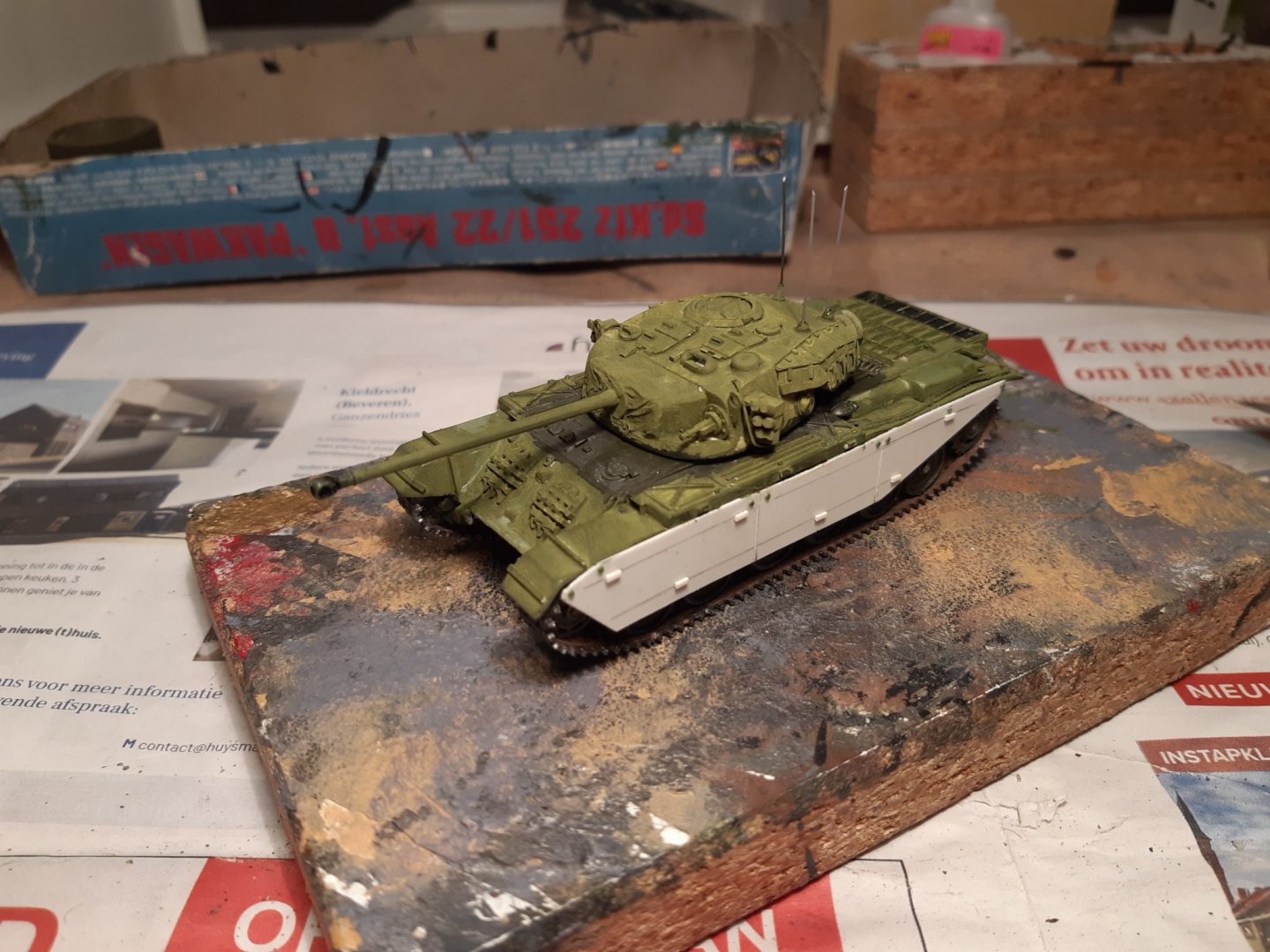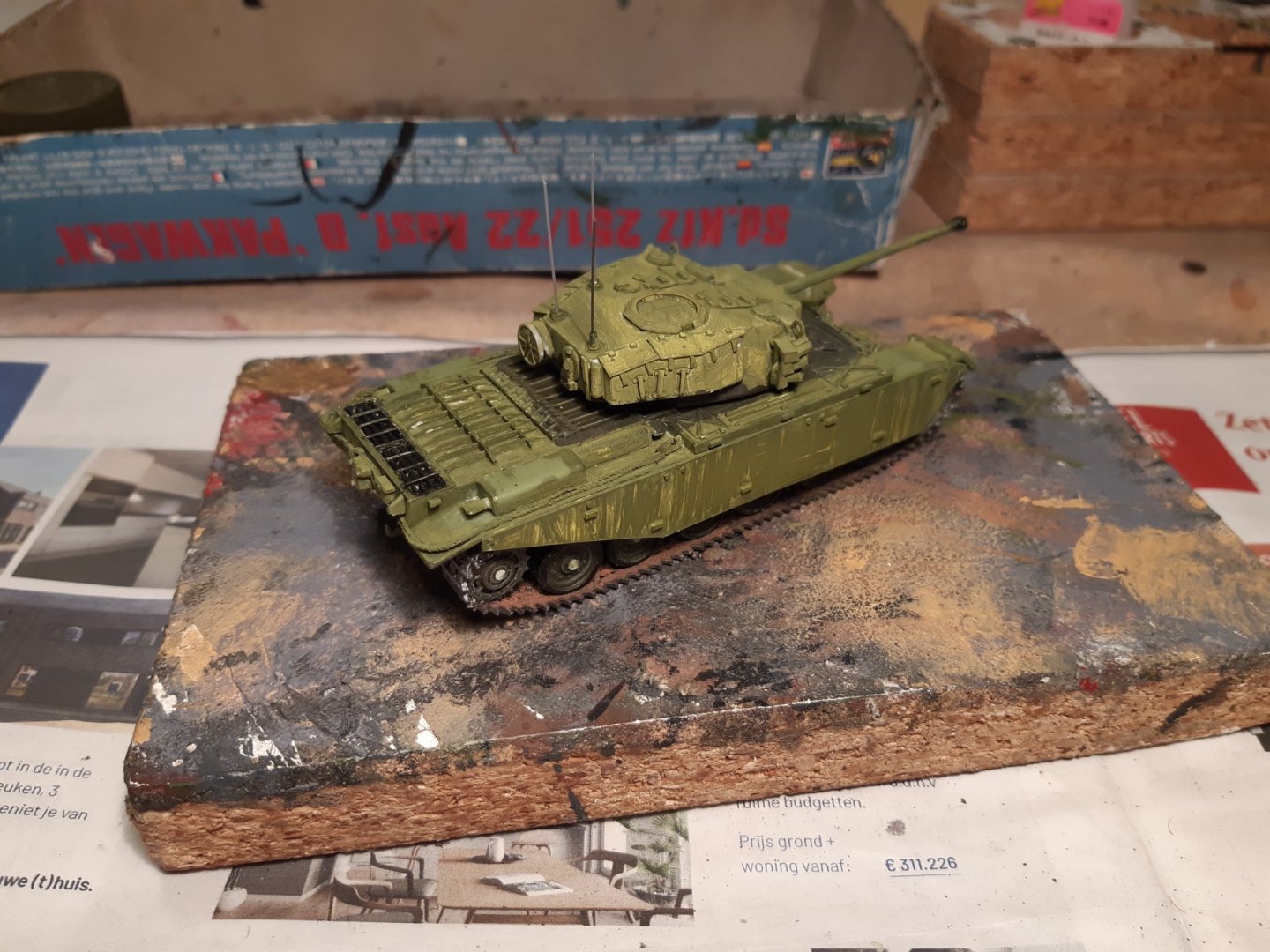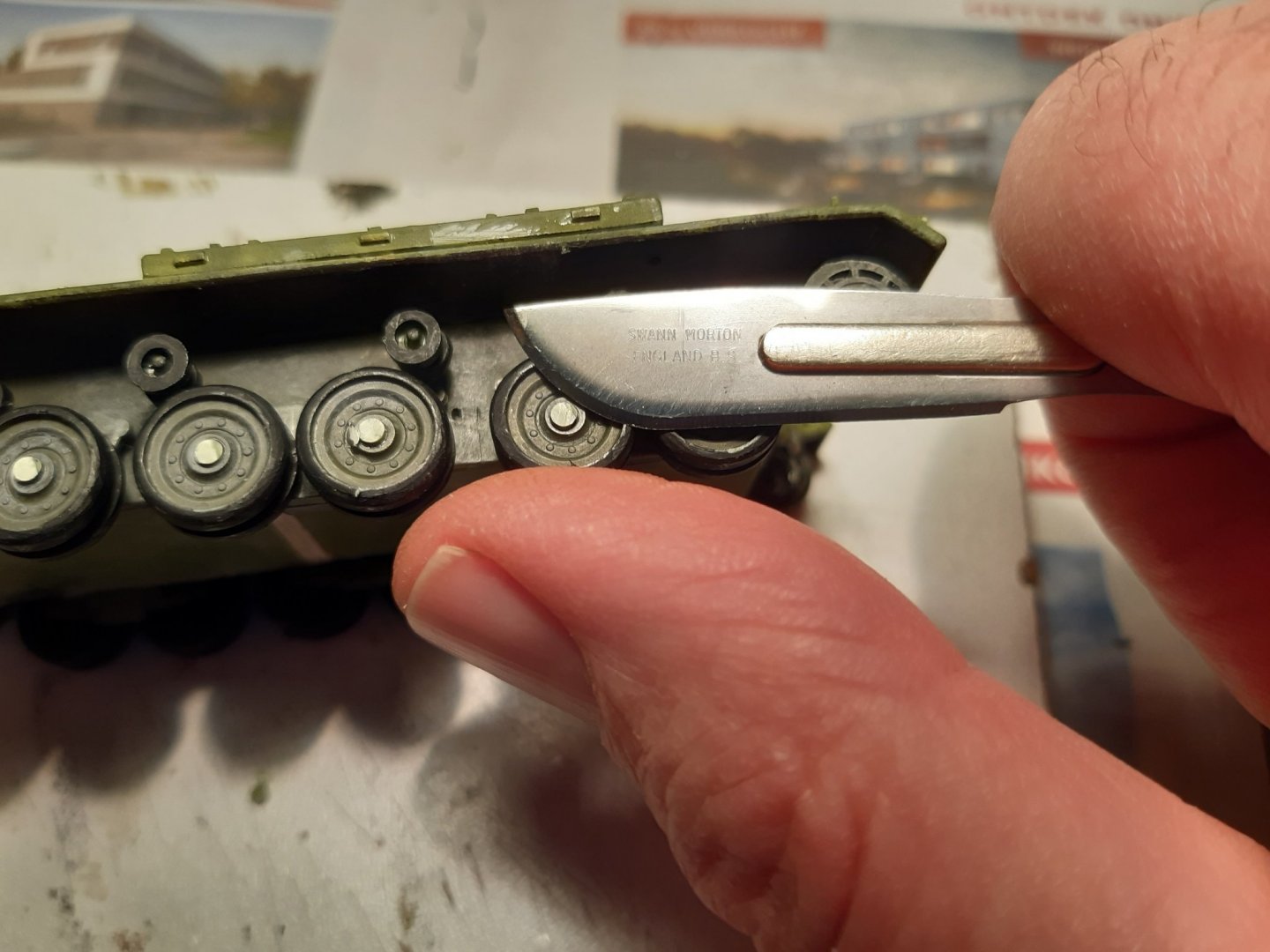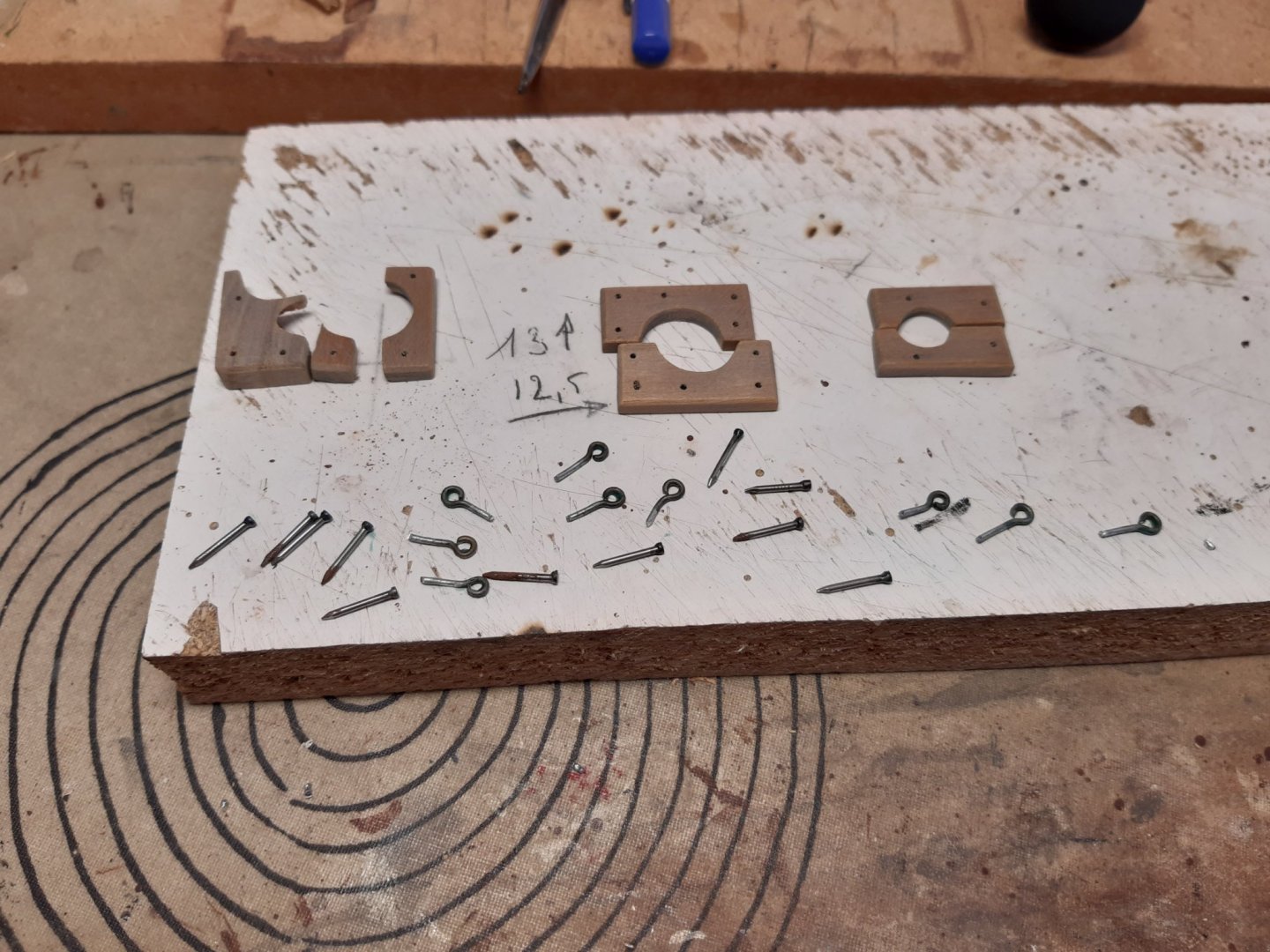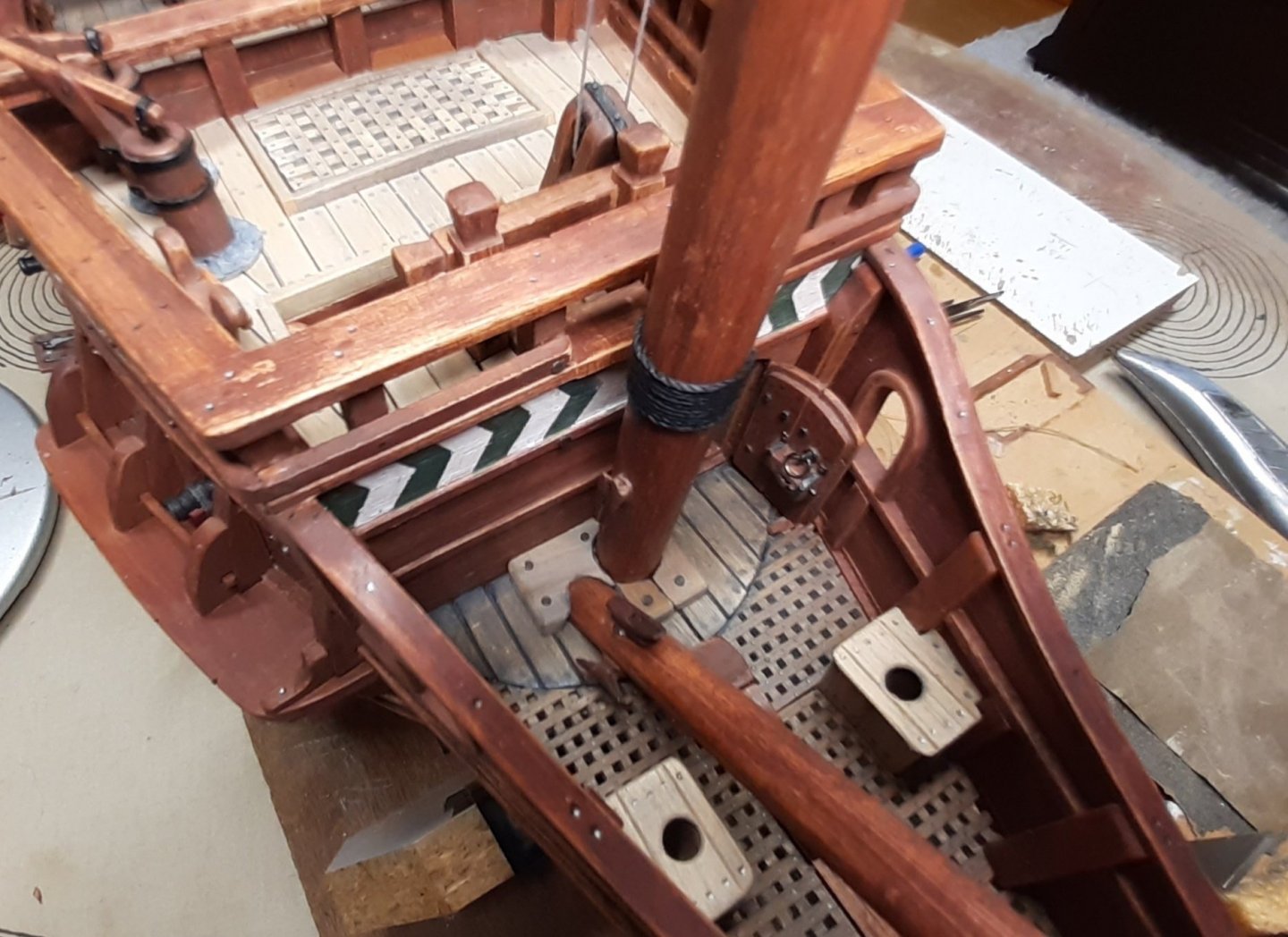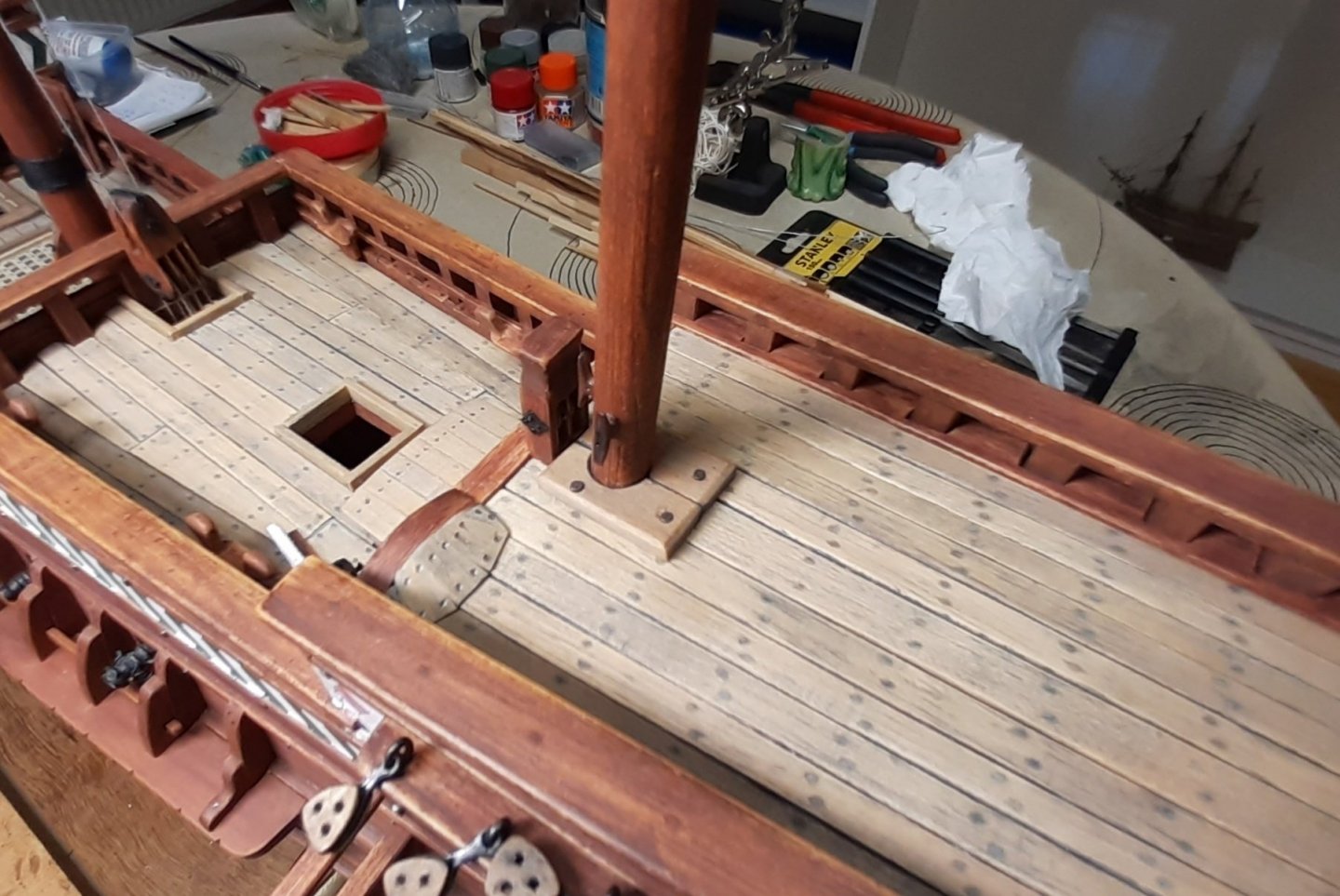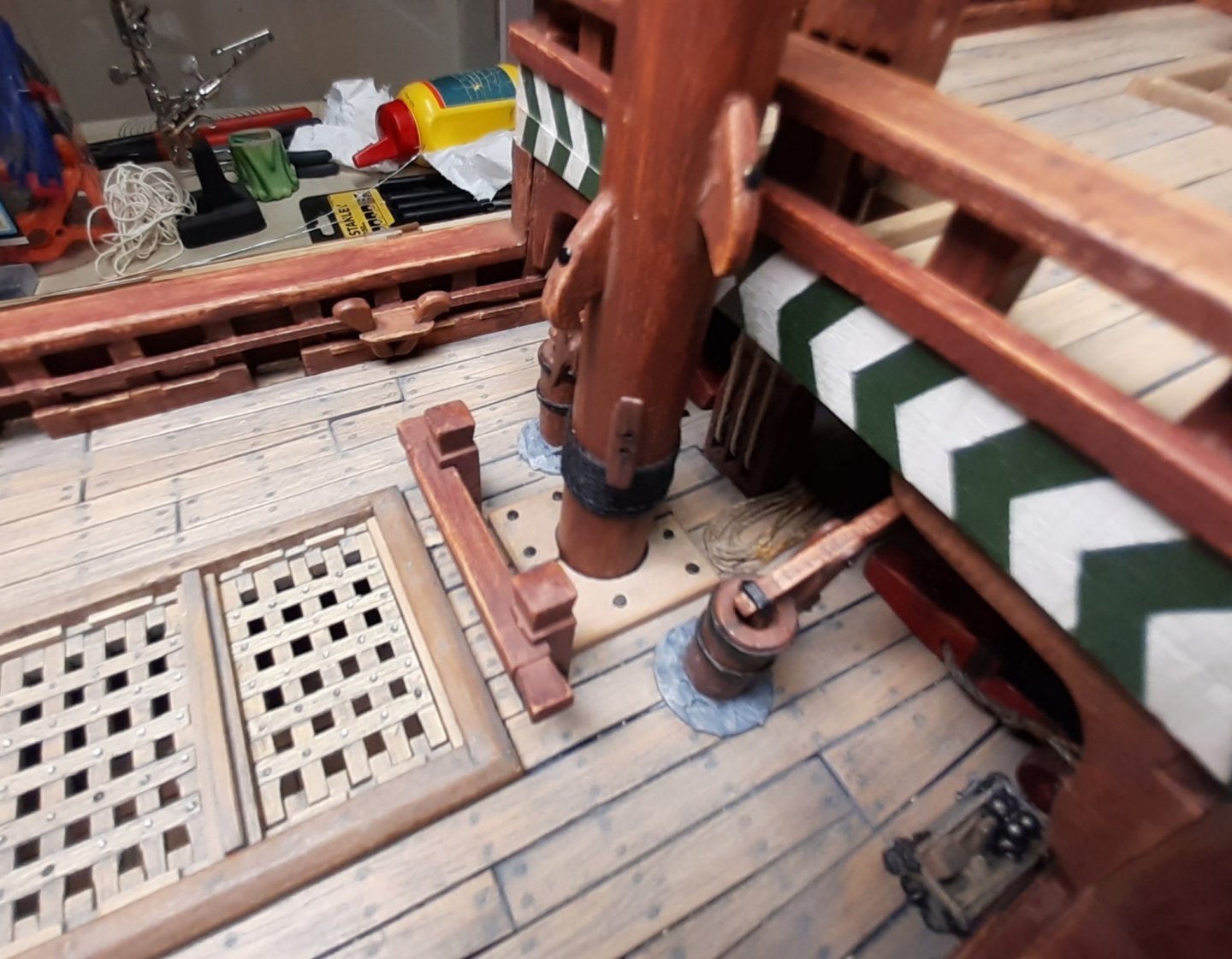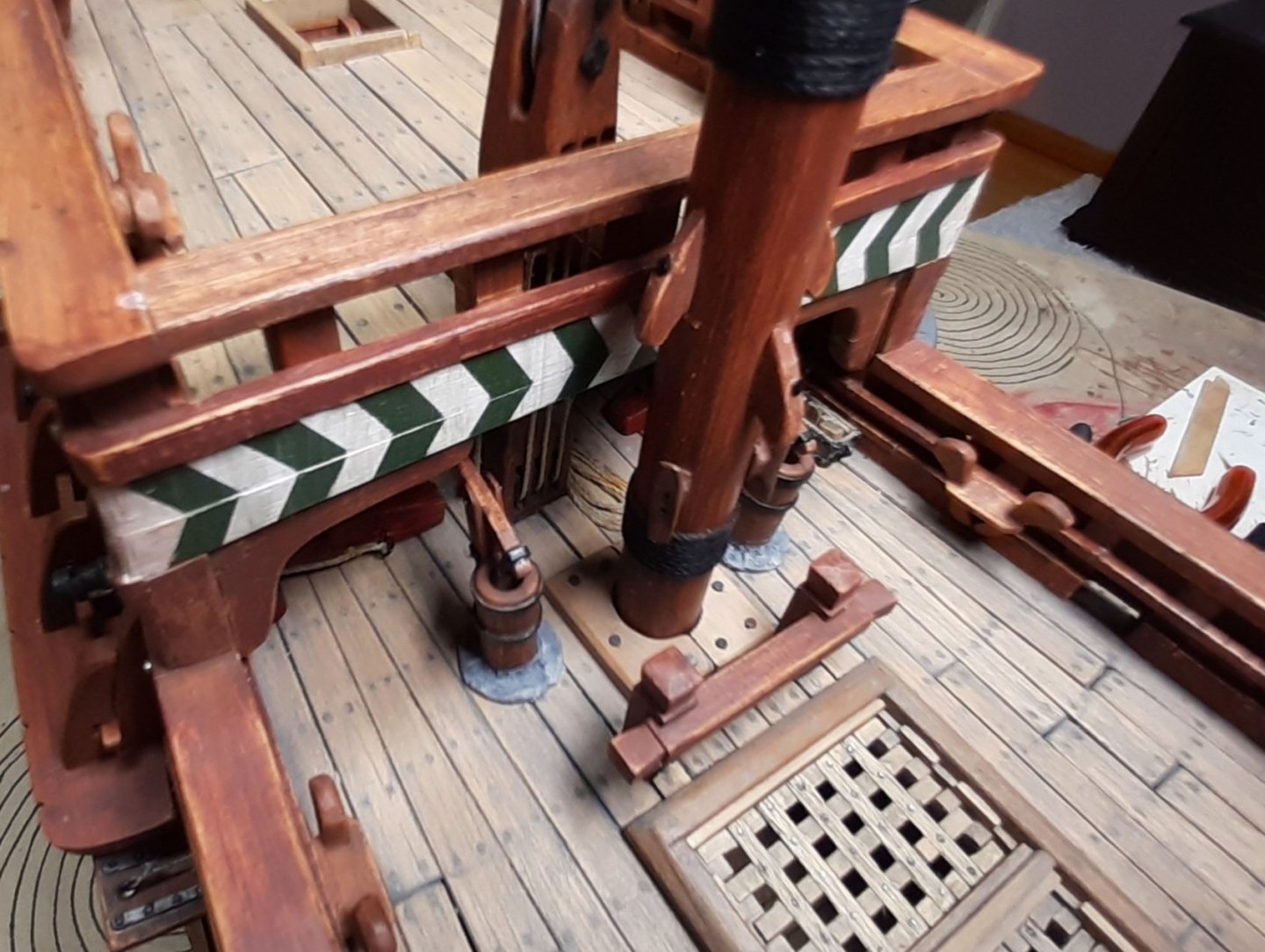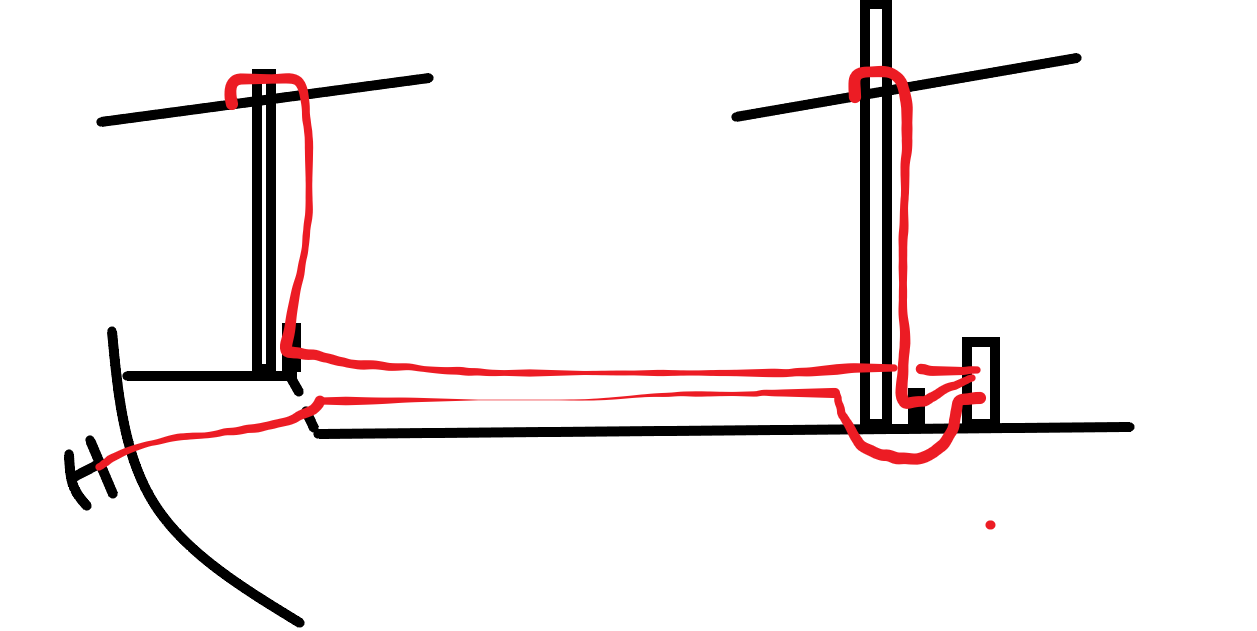-
Posts
4,284 -
Joined
-
Last visited
Content Type
Profiles
Forums
Gallery
Events
Everything posted by Baker
-

Permission to come aboard . . . . again
Baker replied to Peanut6's topic in New member Introductions
Welcome back -
Nice model
-
A long time ago I bought a resin model of an M29 Weasel at an IPMS exhibition. The idea was to use this model as an example and to make a series of Weasels. The construction stopped for reasons I no longer remember. The unfinished models went in a box in the closet and the magazines that served as information were later also lost (sold). Recently, the Weasels unexpectedly reappeared while searching for parts for the Centurion. And after searching the internet I found enough info to restart this build. http://www.lzmodels.com/135-American-M29-weasel.html https://lzmodels.wbs.cz/35501/m29_instructions.pdf http://www.lzmodels.com/135-American-M29C-Weasel.html https://lzmodels.wbs.cz/35503/m29c_instructions.pdf This build will be slow, making a series of models is very time consuming. So, this build will only be continued if other models require the glue or paint to dry. But with time, patience and plastic this build will be finished. And now I have a good reason to finish this project, MSW members are watching 🧐 General info of the Weasel family https://en.wikipedia.org/wiki/M29_Weasel Current state of the models and my new source of info. The scratch chassis were then made of plastic sheet. For the time being, there is even no idea how the tracks will be made. To be continued
-
Leftovers from all those kits i have build. Neatly sorted of course . Finishing the Cenurion. Painting al the metal parts an the other colors. Most metal parts and some parts of hull and turret receive a wash with thinned brown "rust" Some dry brushing with sand Glued on the base plate with a wash of thinned black and tagged. Left the basic kit with some extra detail (build years ago) And this is not a Mk.8 as Airfix writes, but a Mk.5. And right the converted Mk.1 Thanks for following, comments and likes. I hope you all enjoyed this journey in converting a plastic tankmodel.
-
Free advise, If you want to let the tracks sag on the wheels, there is a simple trick. Tie down on the wheels with black rope. Simple and clean, and if you really don't like the result, just cut ithe rope loose again. The 6 yellow arrows are knots, the red is position of the rope. Works also on your Panther
-
Nice work Windows : post 169 of the Pelican
- 42 replies
-
- first build
- artesania latina
-
(and 1 more)
Tagged with:
-
Base color and decals. As you can see, the air intake was first painted black. This later gives a (false) idea of depth. Base color (olive drab) The search for decals Match boxes full of decals. I need a T (tank) number that starts with a 3. And a name and something else After a dry brushing with light grey, the decals are applied, letters and numbers come from different sources. (base plate is work in progress) Not a 100% match but fairly credible. To be continued.
-
Got this idea from the Batavia and Duyfken replicas. These are 2 links to pictures on the internet https://www.modelships.de/Museums_and_replicas/Batavia/gPICT0554.jpg https://c2.staticflickr.com/6/5684/30935046281_9dfecd3598_z.jpg How i build them starts in post 429
- 756 replies
-
- galleon
- golden hind
-
(and 2 more)
Tagged with:
-
Installing the tracks and side skirts. Cutting the axes that are too long (And didn't cut my fingers this time ) The tracks are too short (longer chassis) They are now joined with staples (Cheating) Removing some track teeth So that they slide on the idler wheel ( again cheating) Tracks in place Cheating (3th time) with a tooth pick) The side skirts Turret and antennas glued Ready for painting Thanks for following
-
Small update. Installing the mastfeet (mastfoot) I first had the idea to replace some of the bolts of the mast feet with eye bolts. But later decided not to do this, just bolts. The fore and bowsprit foot was a bit complicated, and i needed three parts for this. Mizzen mast Main mast, with pumps installed Fore mast and bowsprit (pumps are not glued here) Thanks for following
- 756 replies
-
- galleon
- golden hind
-
(and 2 more)
Tagged with:
-

Introducing Colin. Currently living in South East England.
Baker replied to colpatben's topic in New member Introductions
Nice models -
I also wondered why the wale has this shape. The only reason i can think of : Is the position between the capstan (normally stands on the deck behind the main mast) Only if the deck follows the shape of the wale. Then the capstan can be used for lifting the anchor and the yards of the main and fore mast. In a very simple drawing explained
About us
Modelshipworld - Advancing Ship Modeling through Research
SSL Secured
Your security is important for us so this Website is SSL-Secured
NRG Mailing Address
Nautical Research Guild
237 South Lincoln Street
Westmont IL, 60559-1917
Model Ship World ® and the MSW logo are Registered Trademarks, and belong to the Nautical Research Guild (United States Patent and Trademark Office: No. 6,929,264 & No. 6,929,274, registered Dec. 20, 2022)
Helpful Links
About the NRG
If you enjoy building ship models that are historically accurate as well as beautiful, then The Nautical Research Guild (NRG) is just right for you.
The Guild is a non-profit educational organization whose mission is to “Advance Ship Modeling Through Research”. We provide support to our members in their efforts to raise the quality of their model ships.
The Nautical Research Guild has published our world-renowned quarterly magazine, The Nautical Research Journal, since 1955. The pages of the Journal are full of articles by accomplished ship modelers who show you how they create those exquisite details on their models, and by maritime historians who show you the correct details to build. The Journal is available in both print and digital editions. Go to the NRG web site (www.thenrg.org) to download a complimentary digital copy of the Journal. The NRG also publishes plan sets, books and compilations of back issues of the Journal and the former Ships in Scale and Model Ship Builder magazines.

